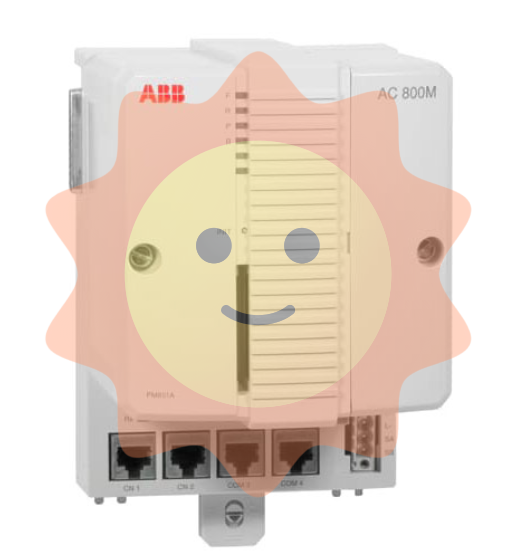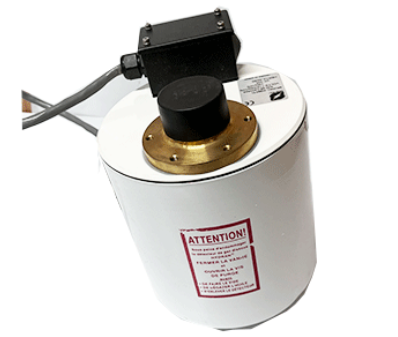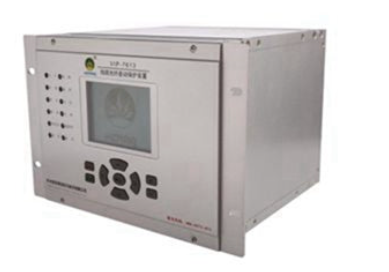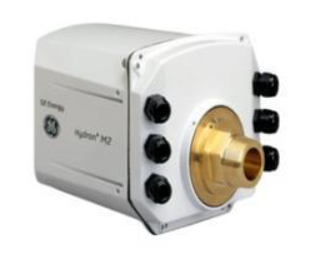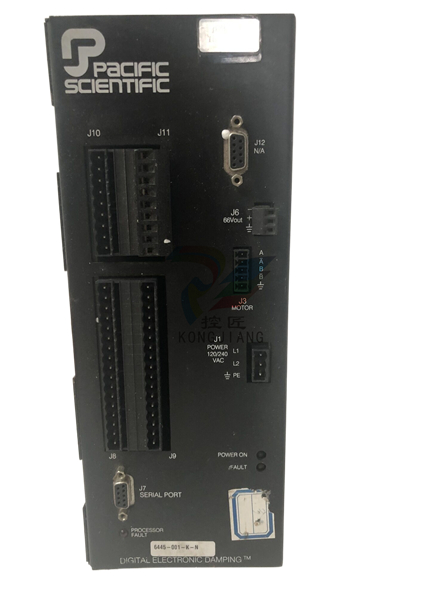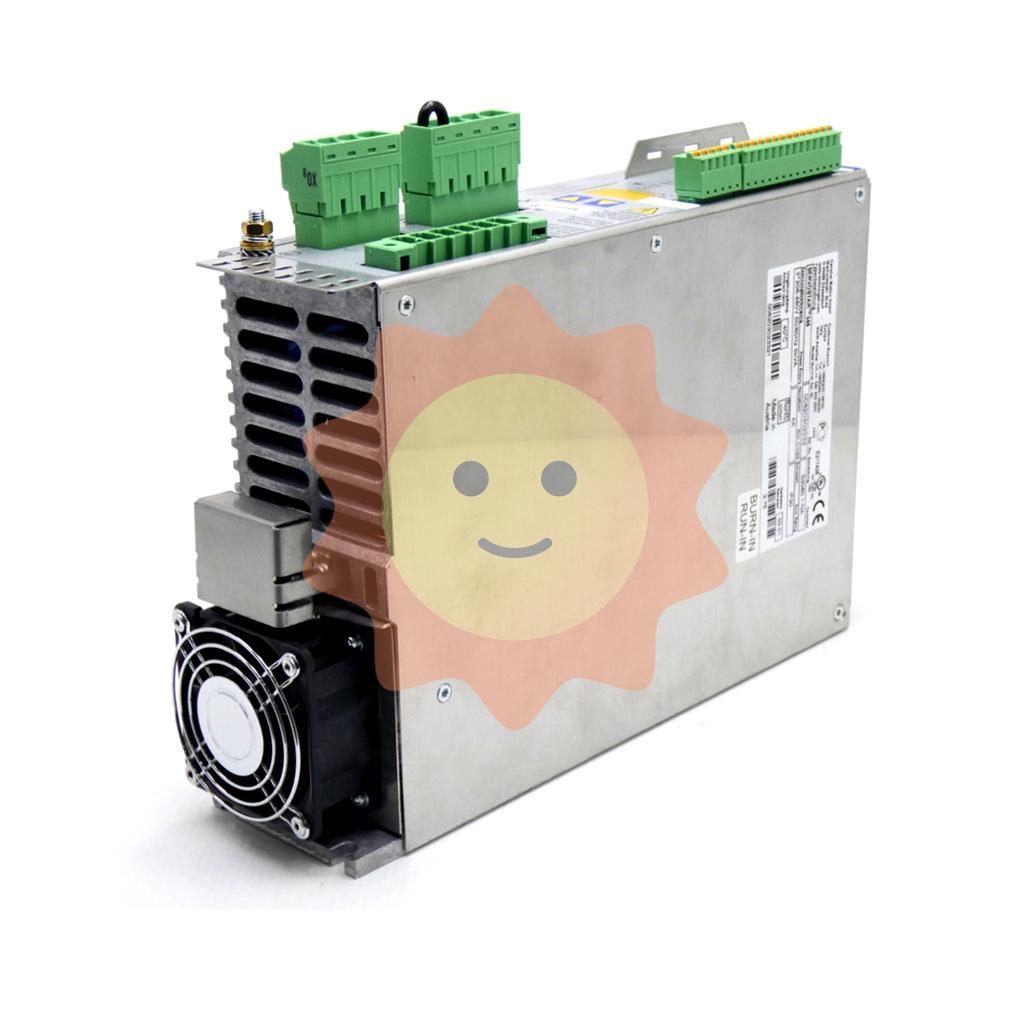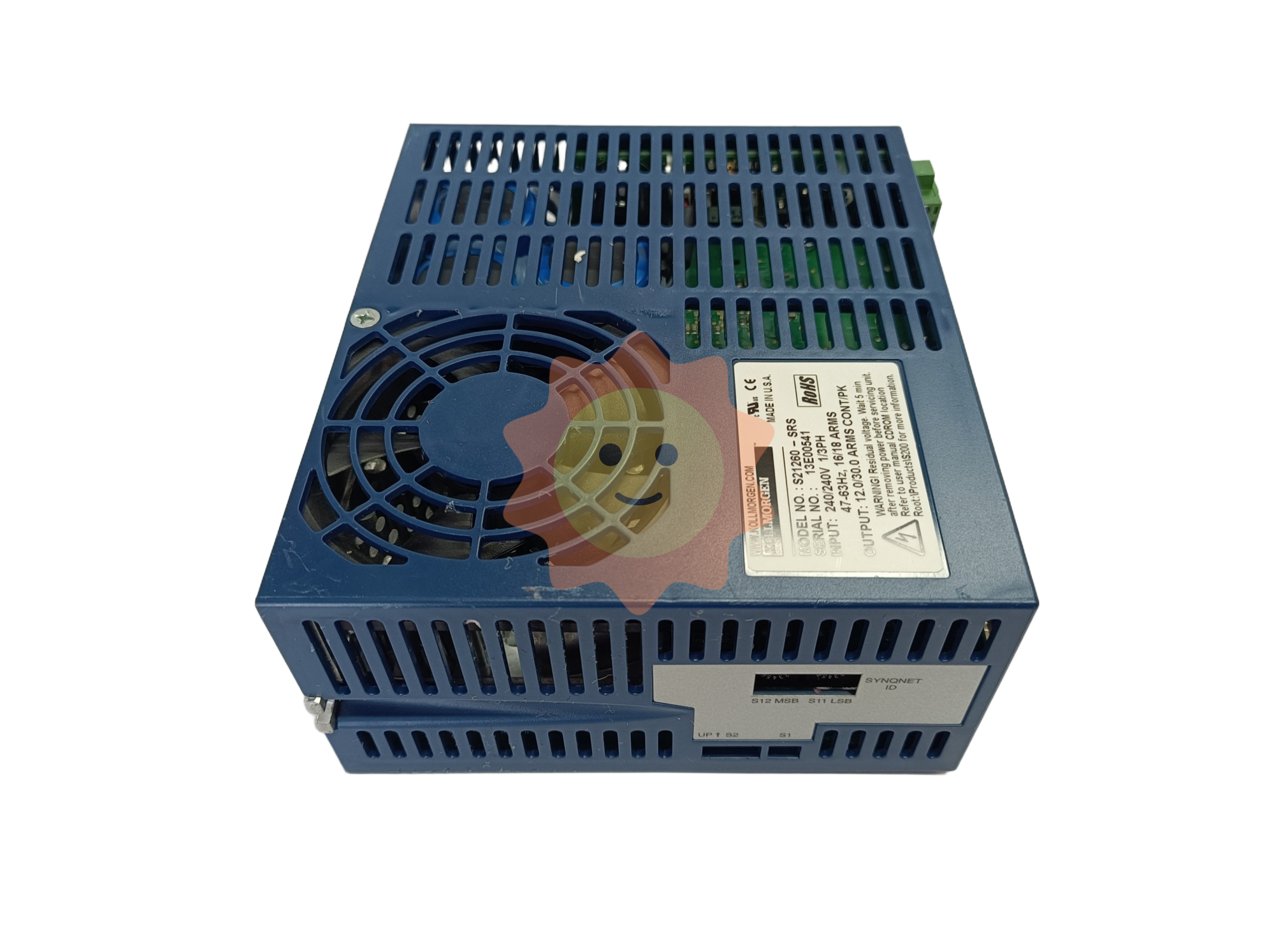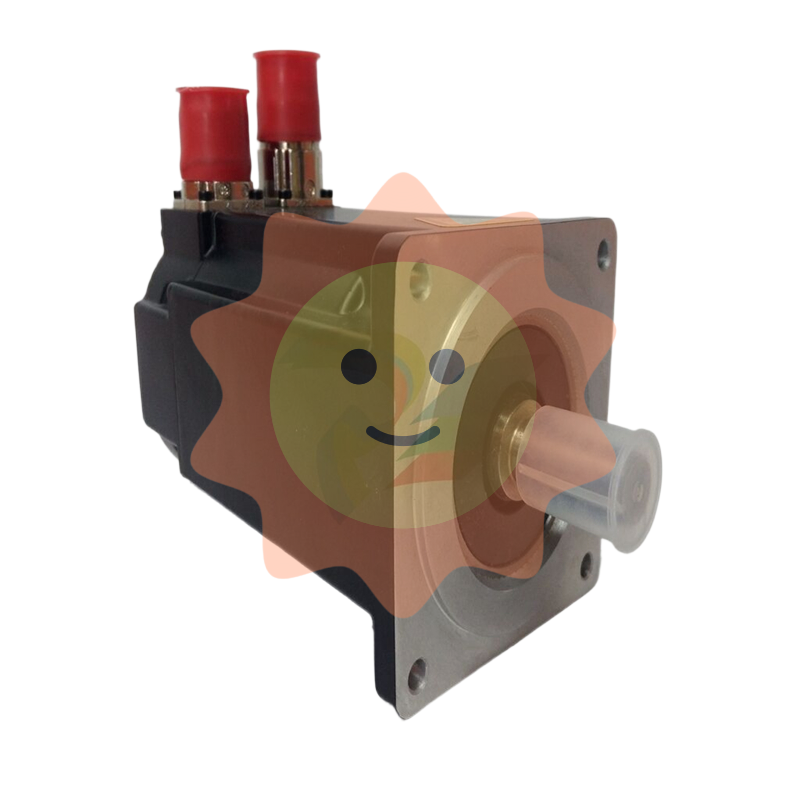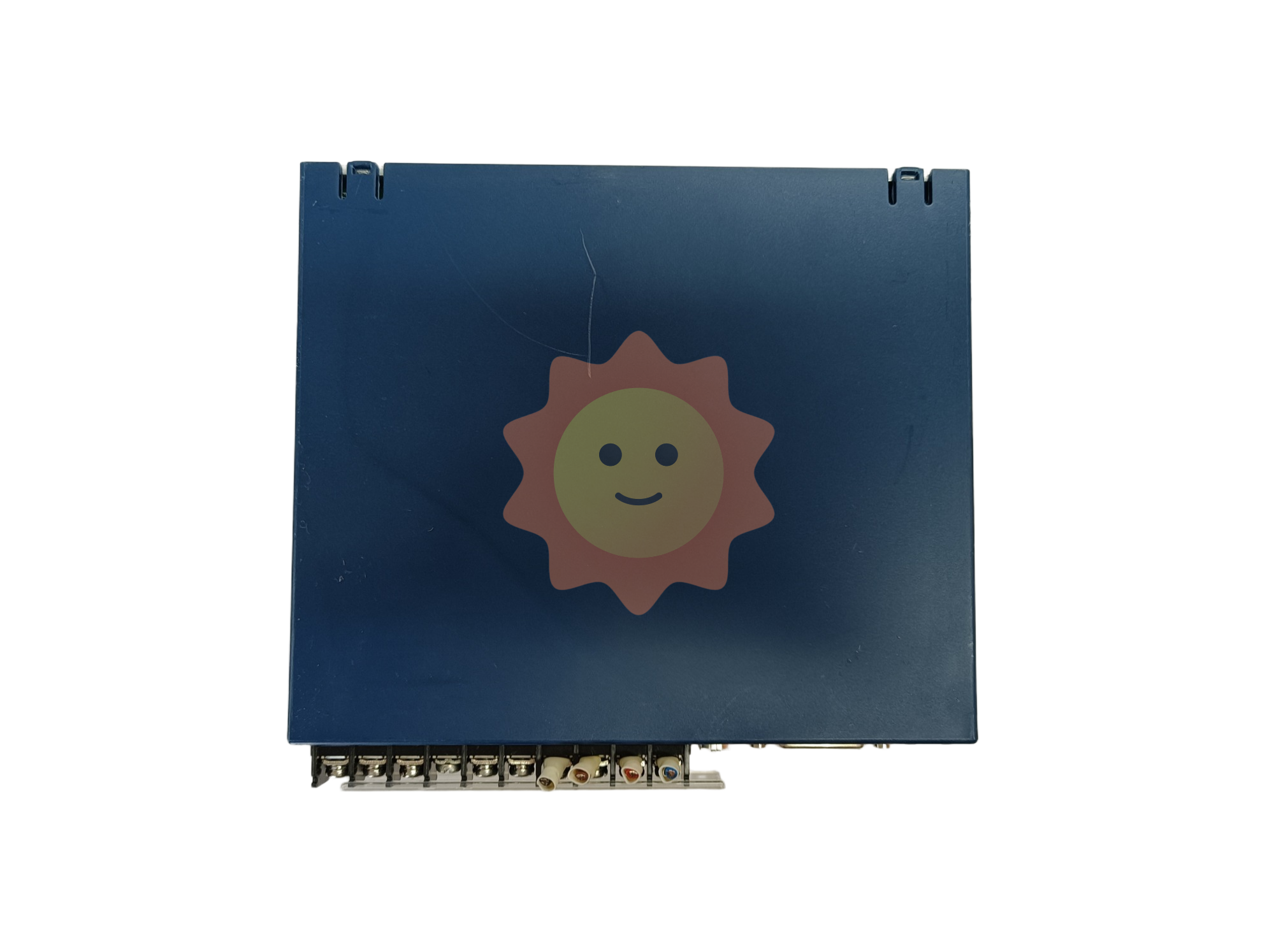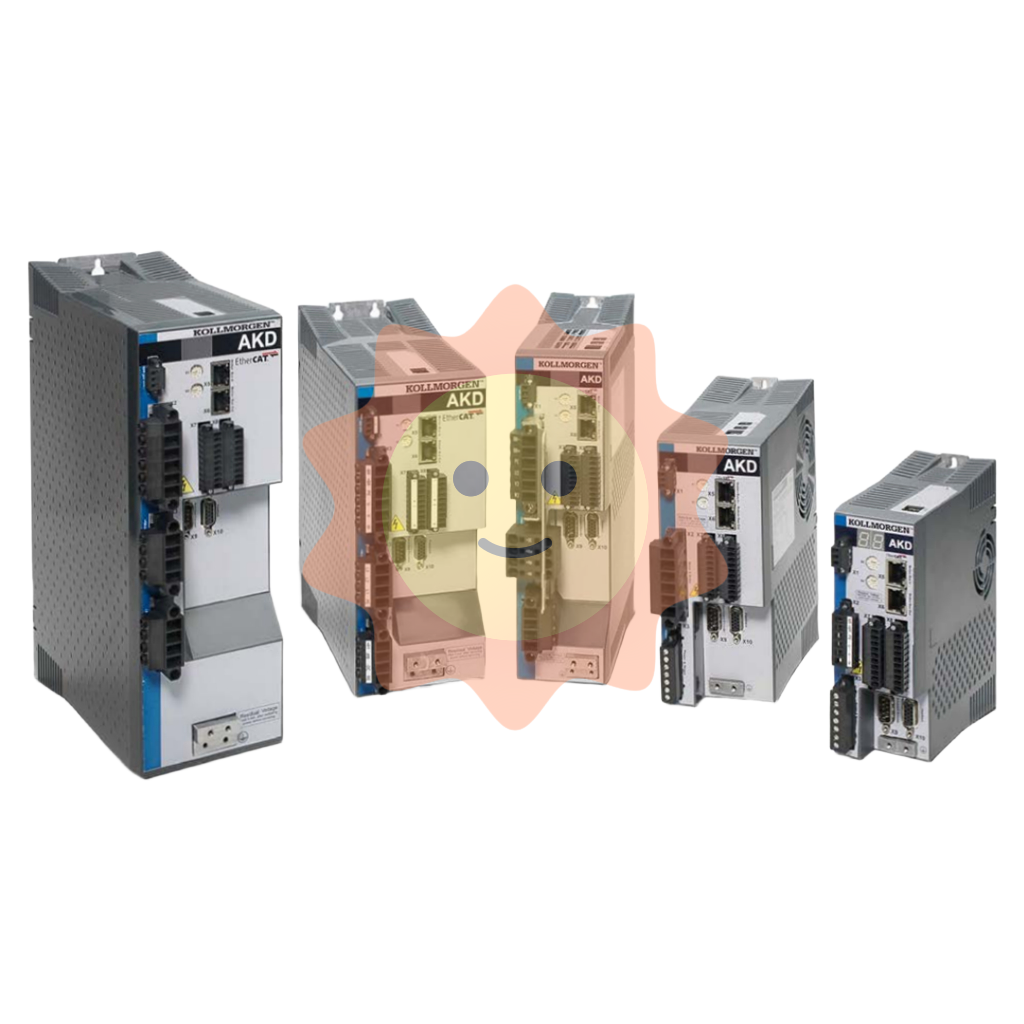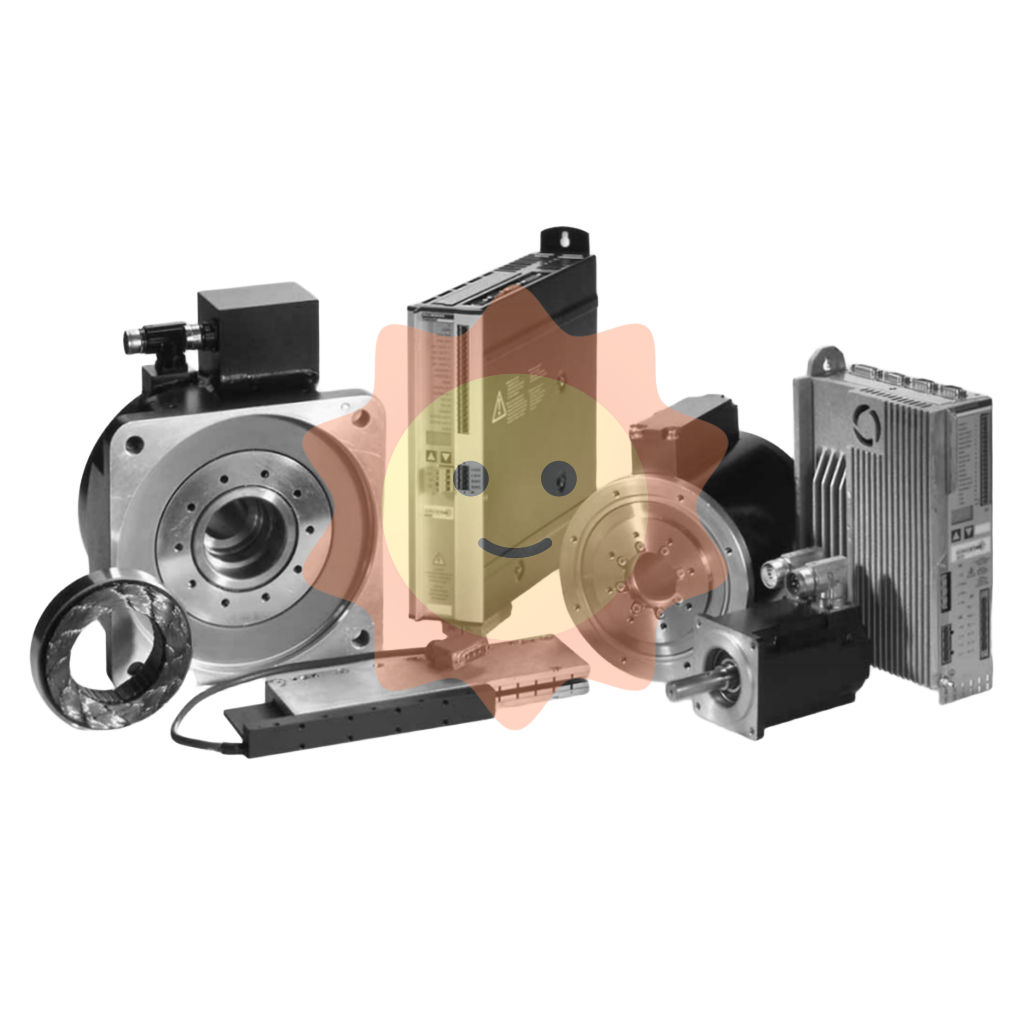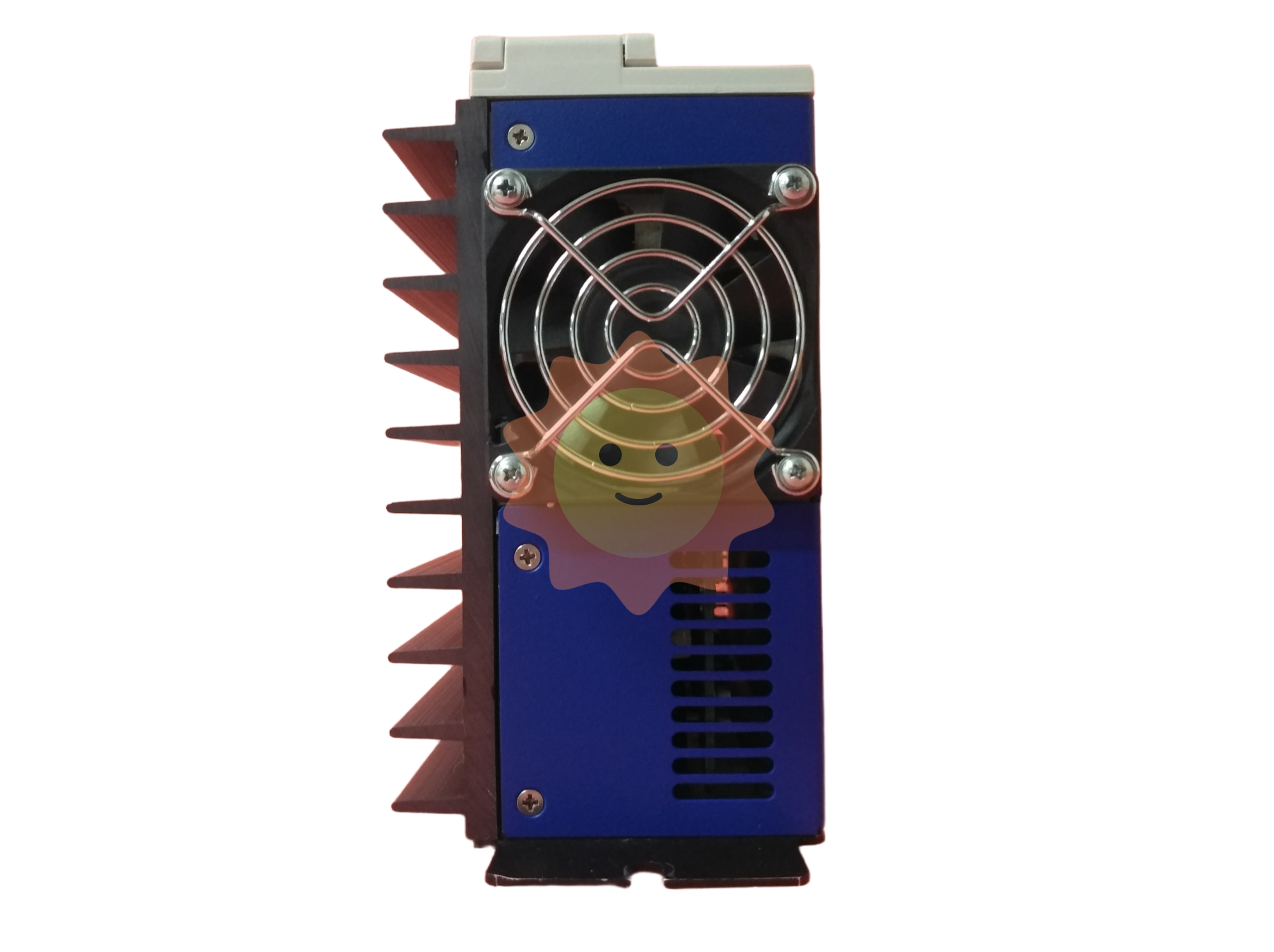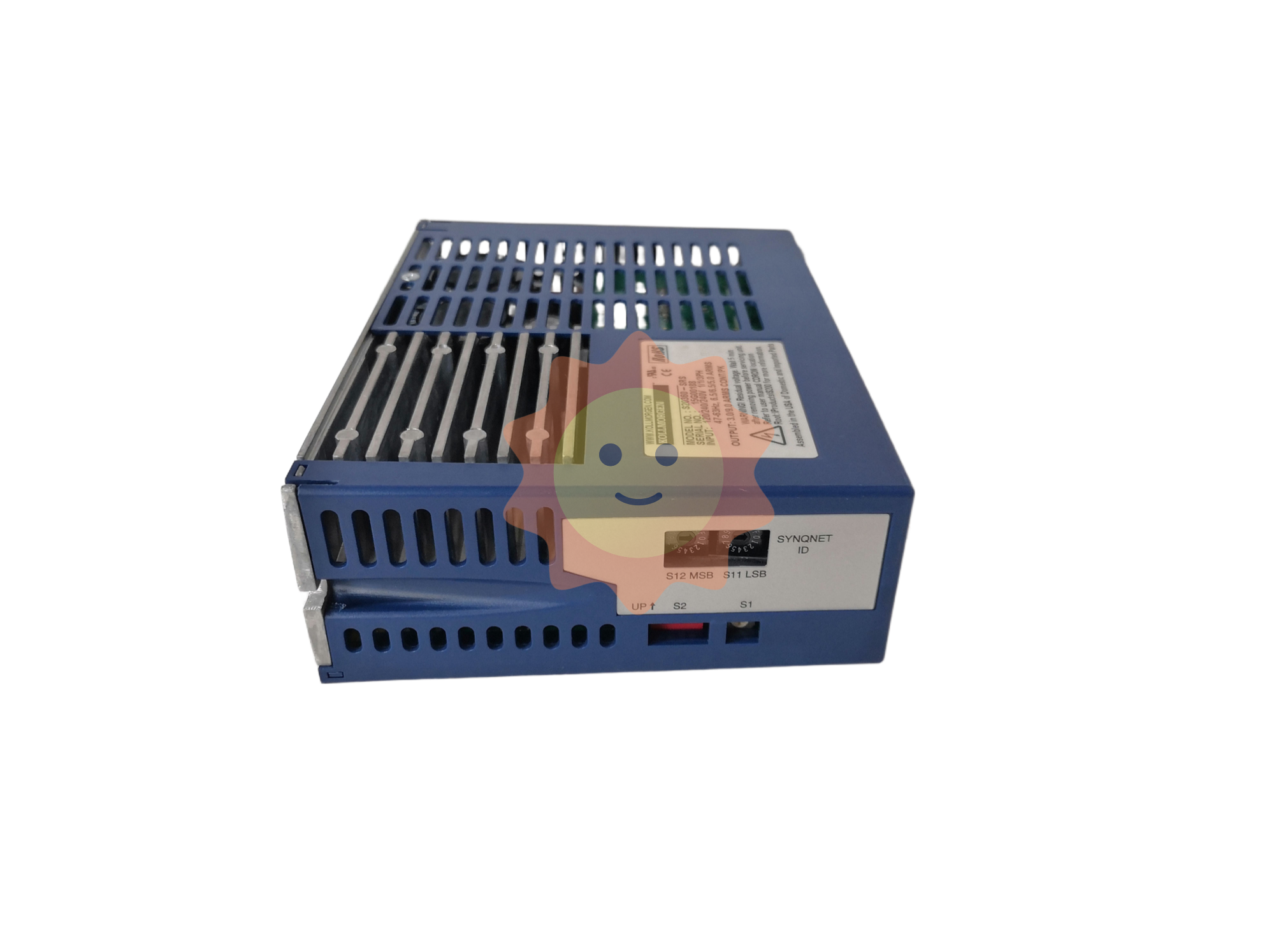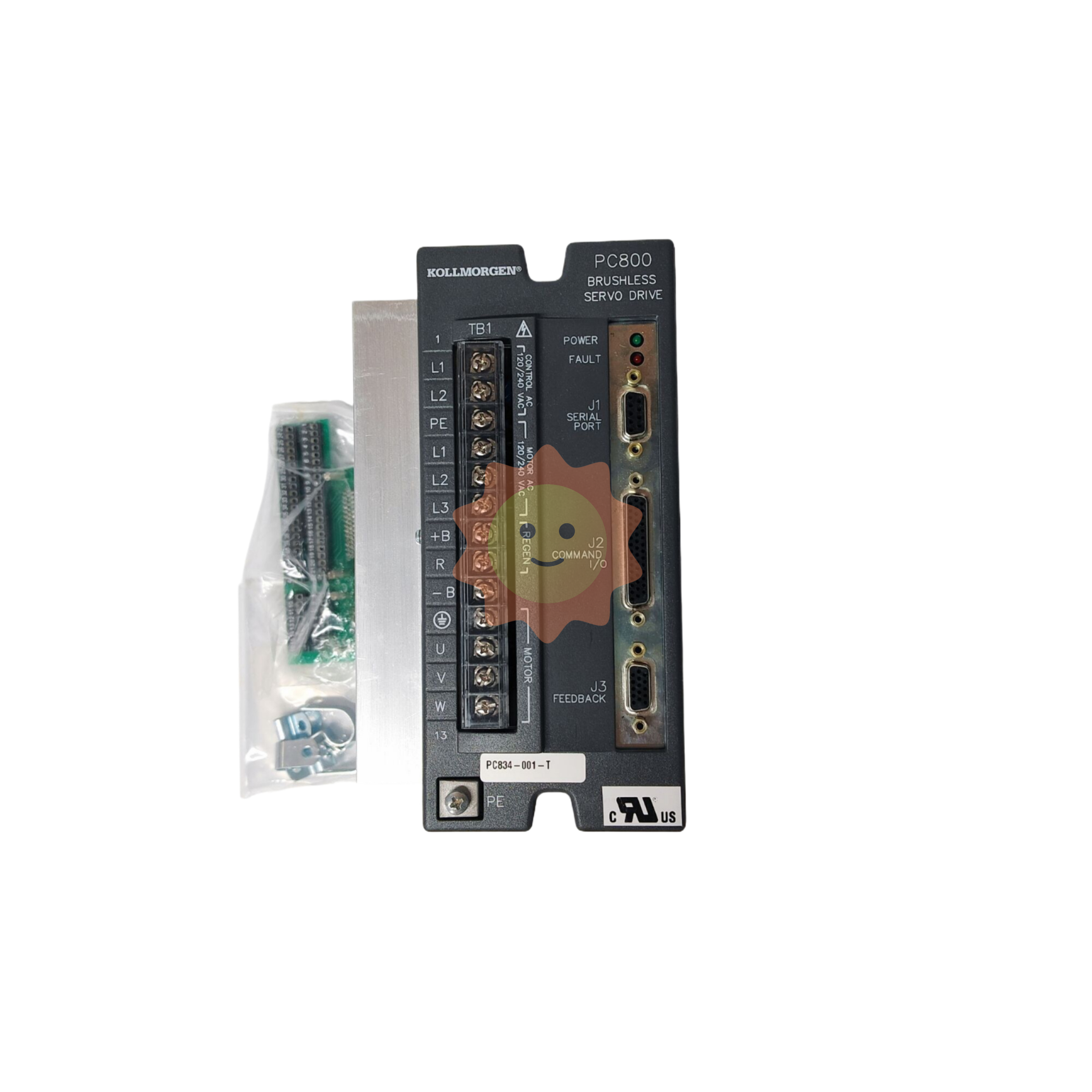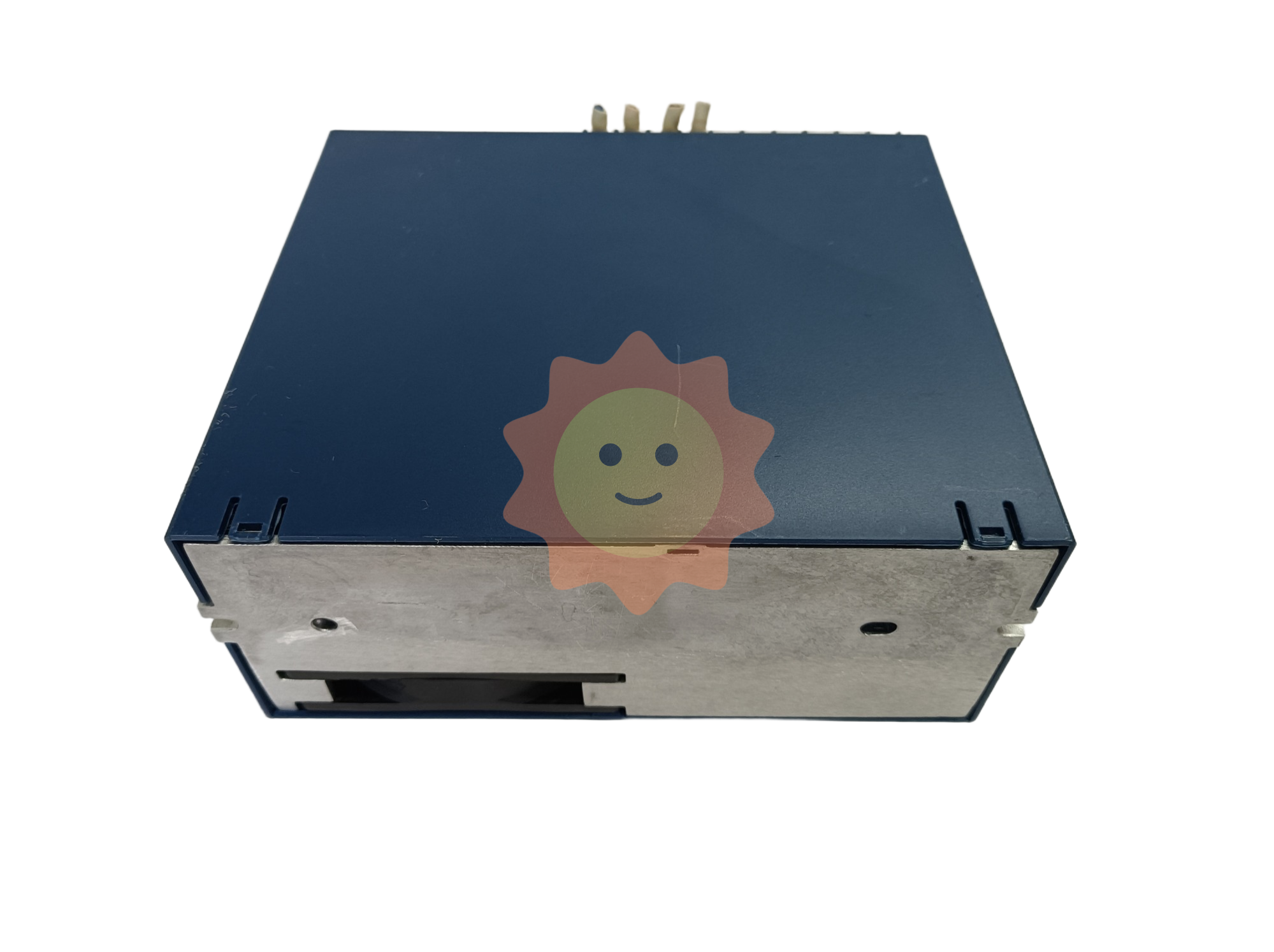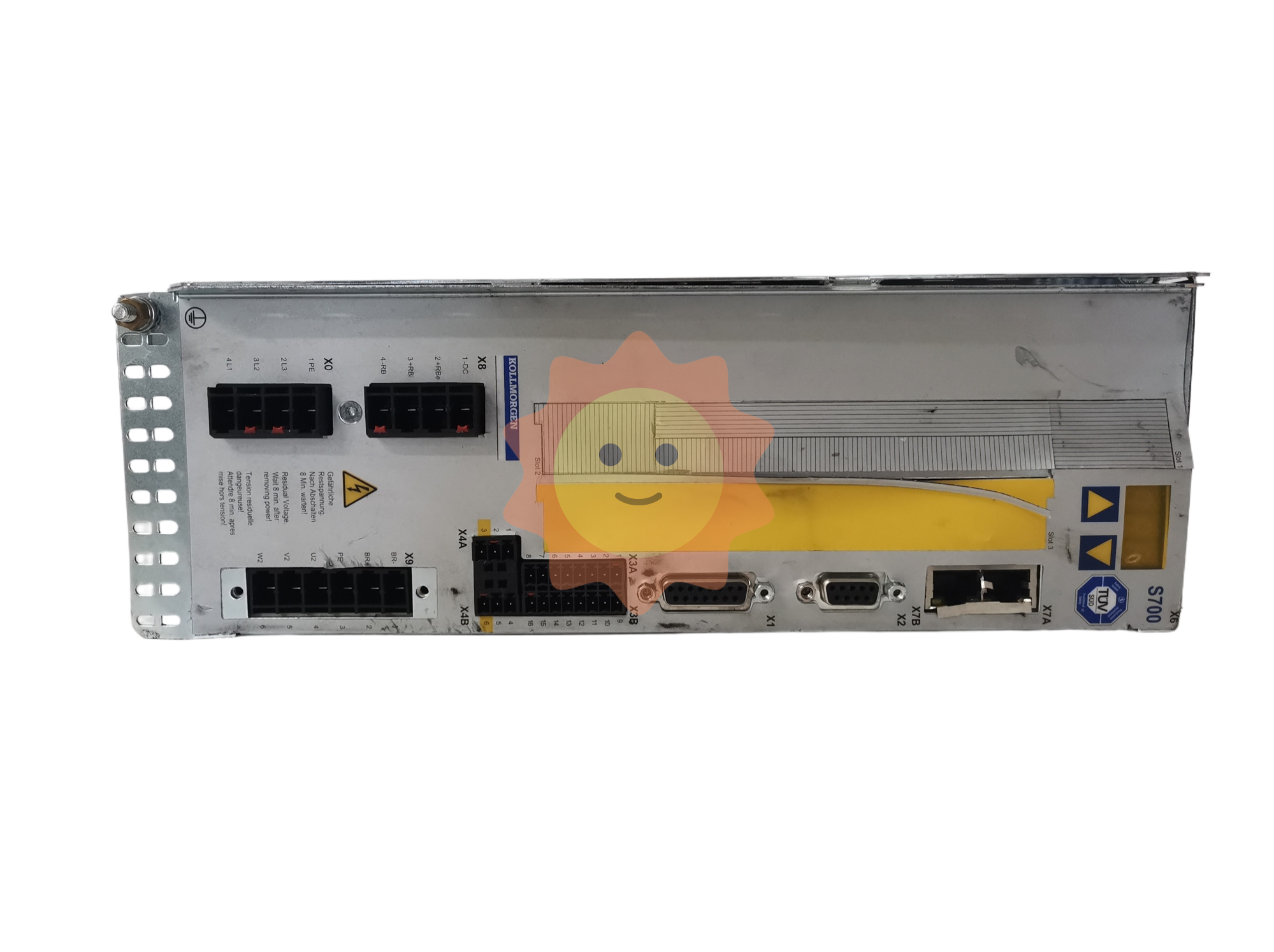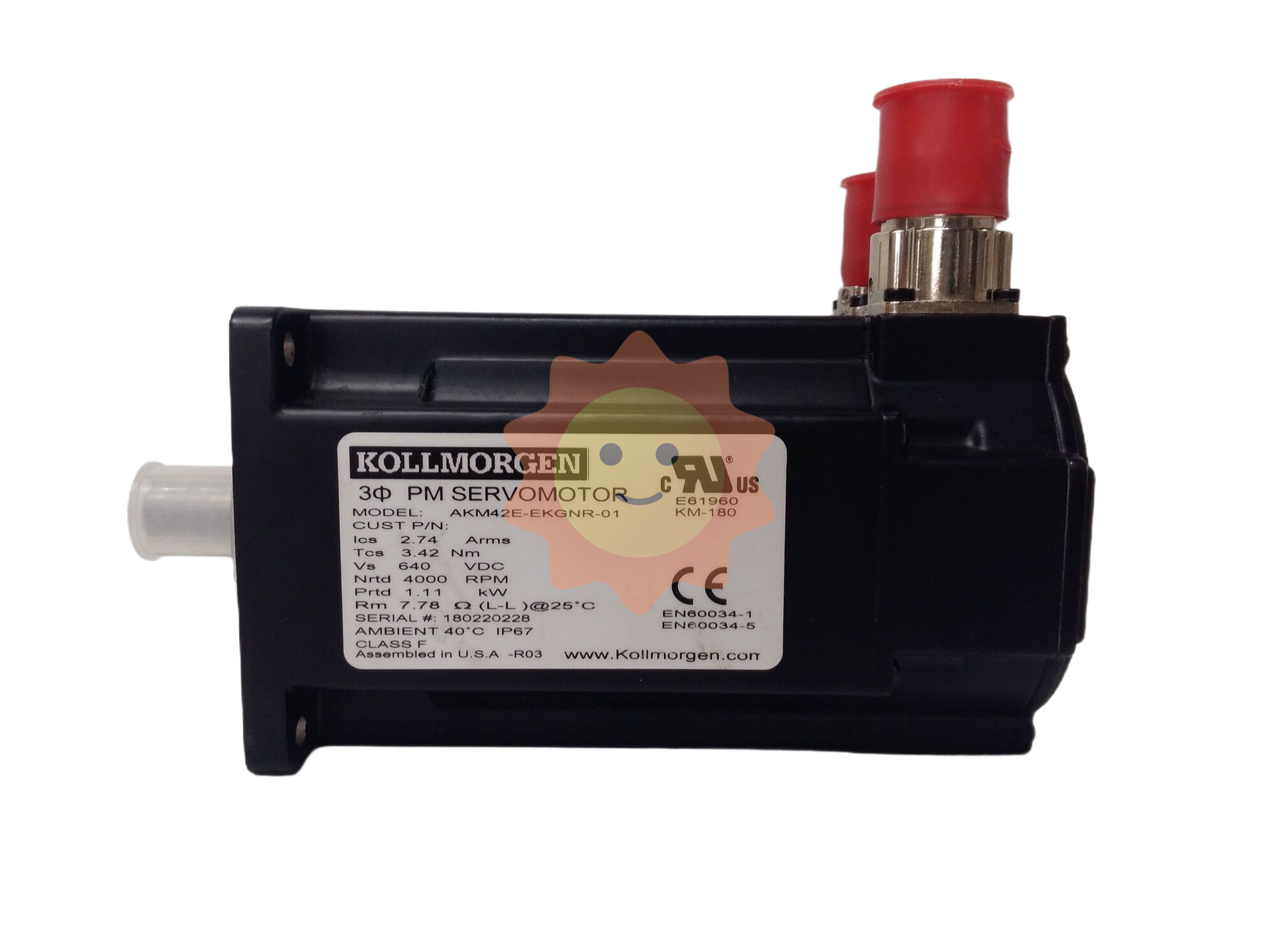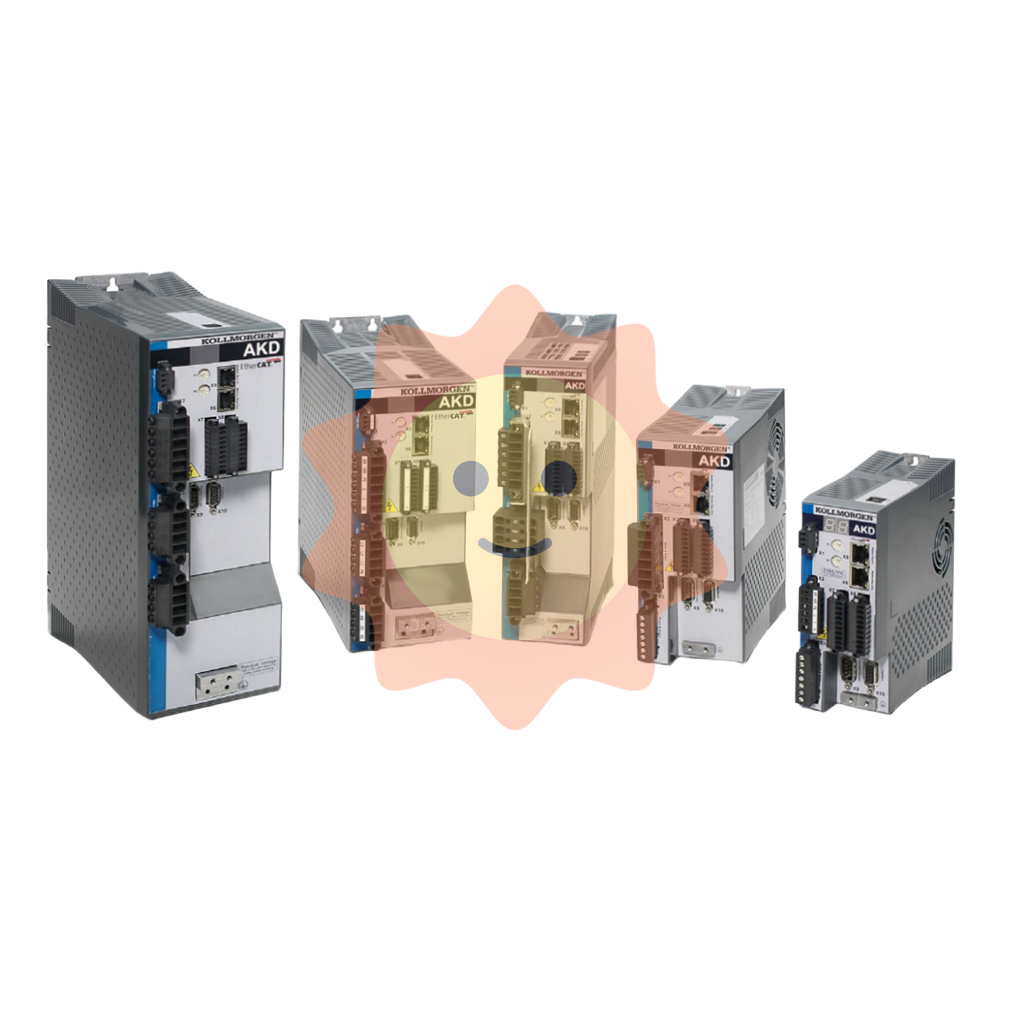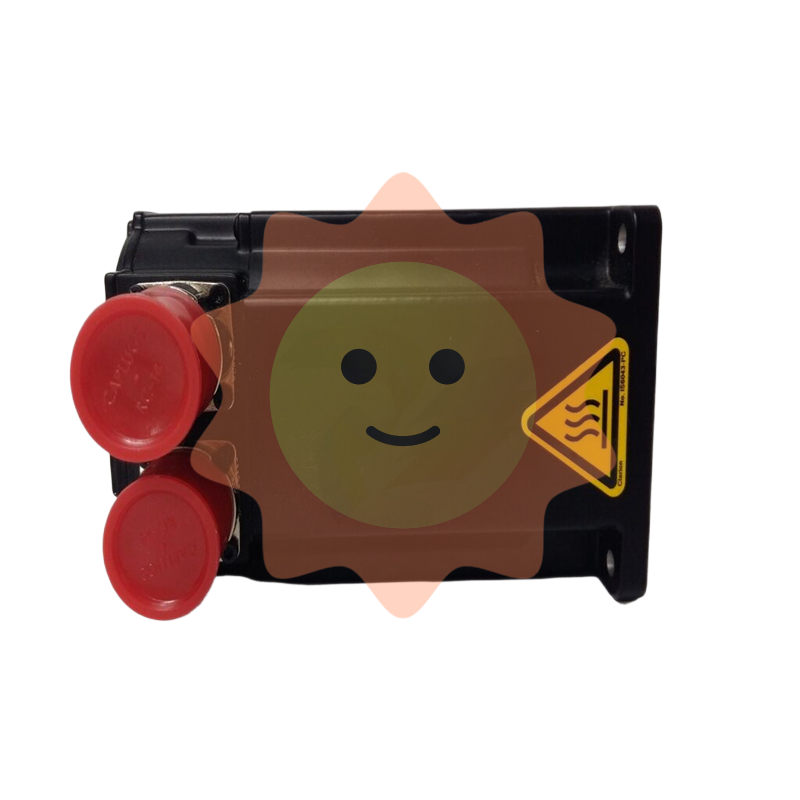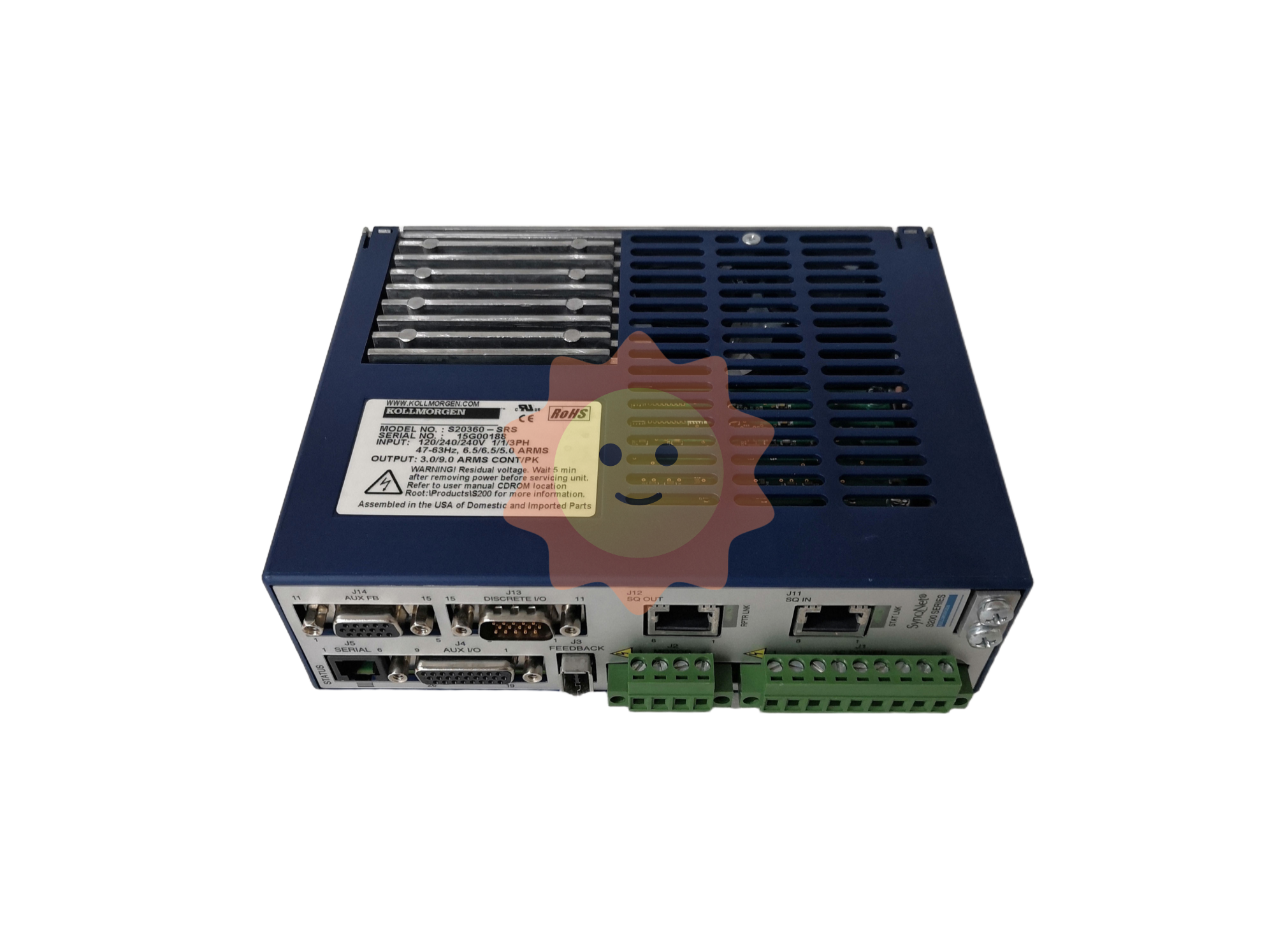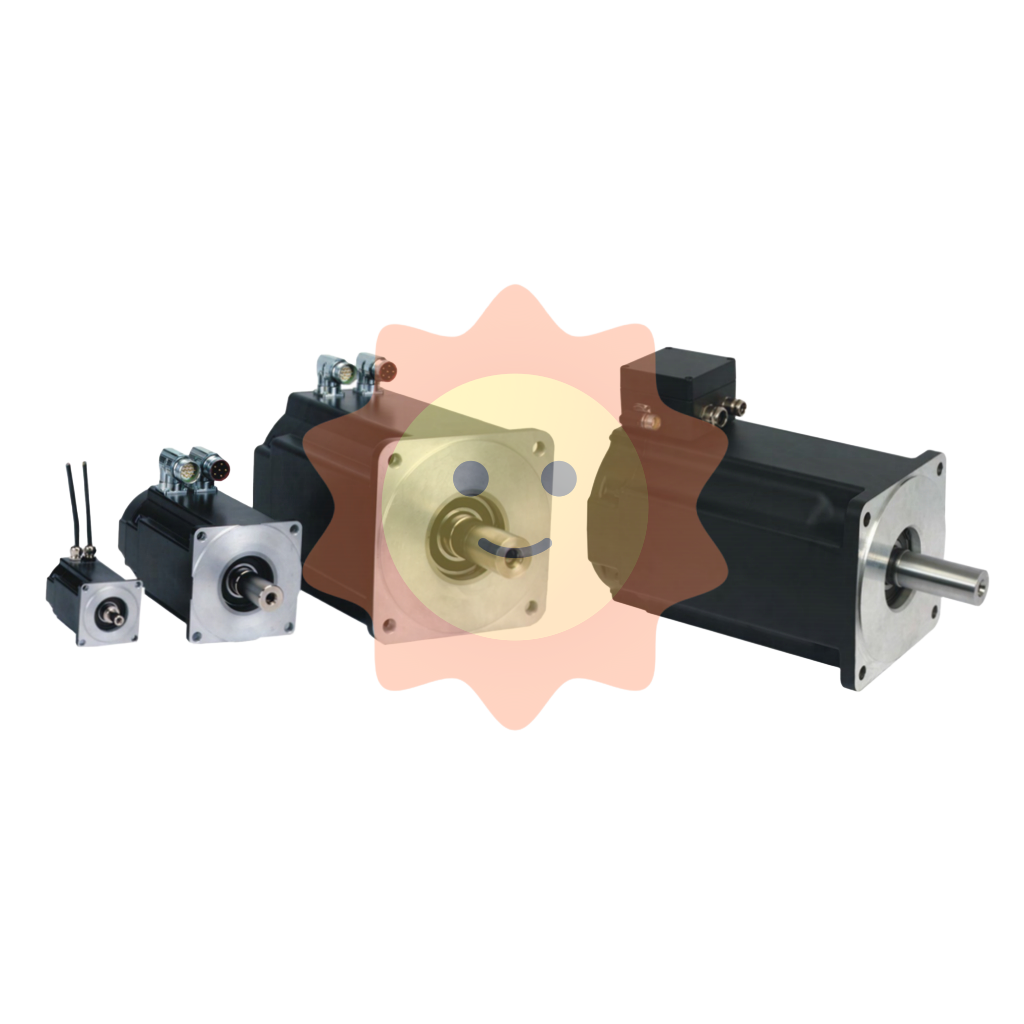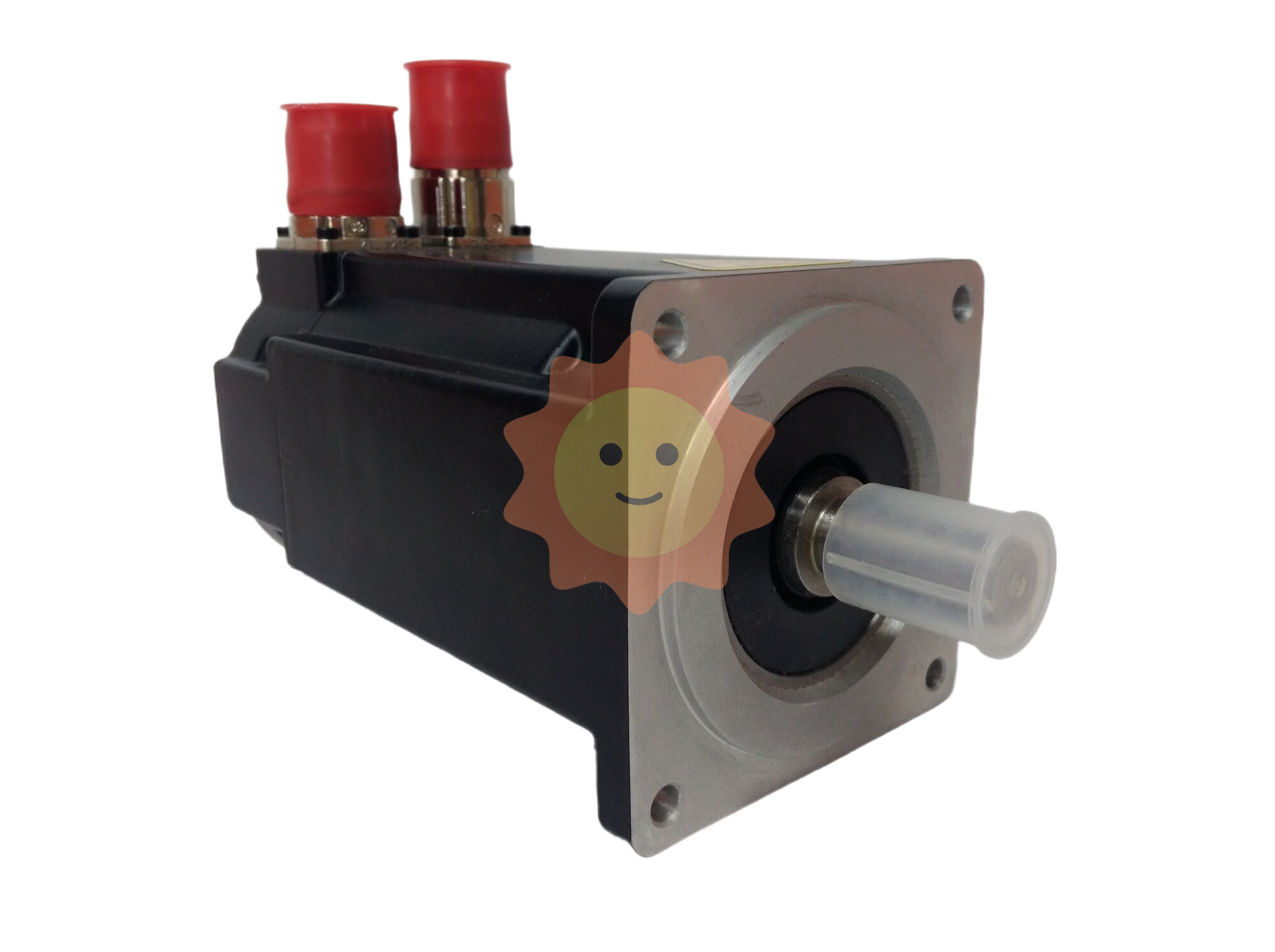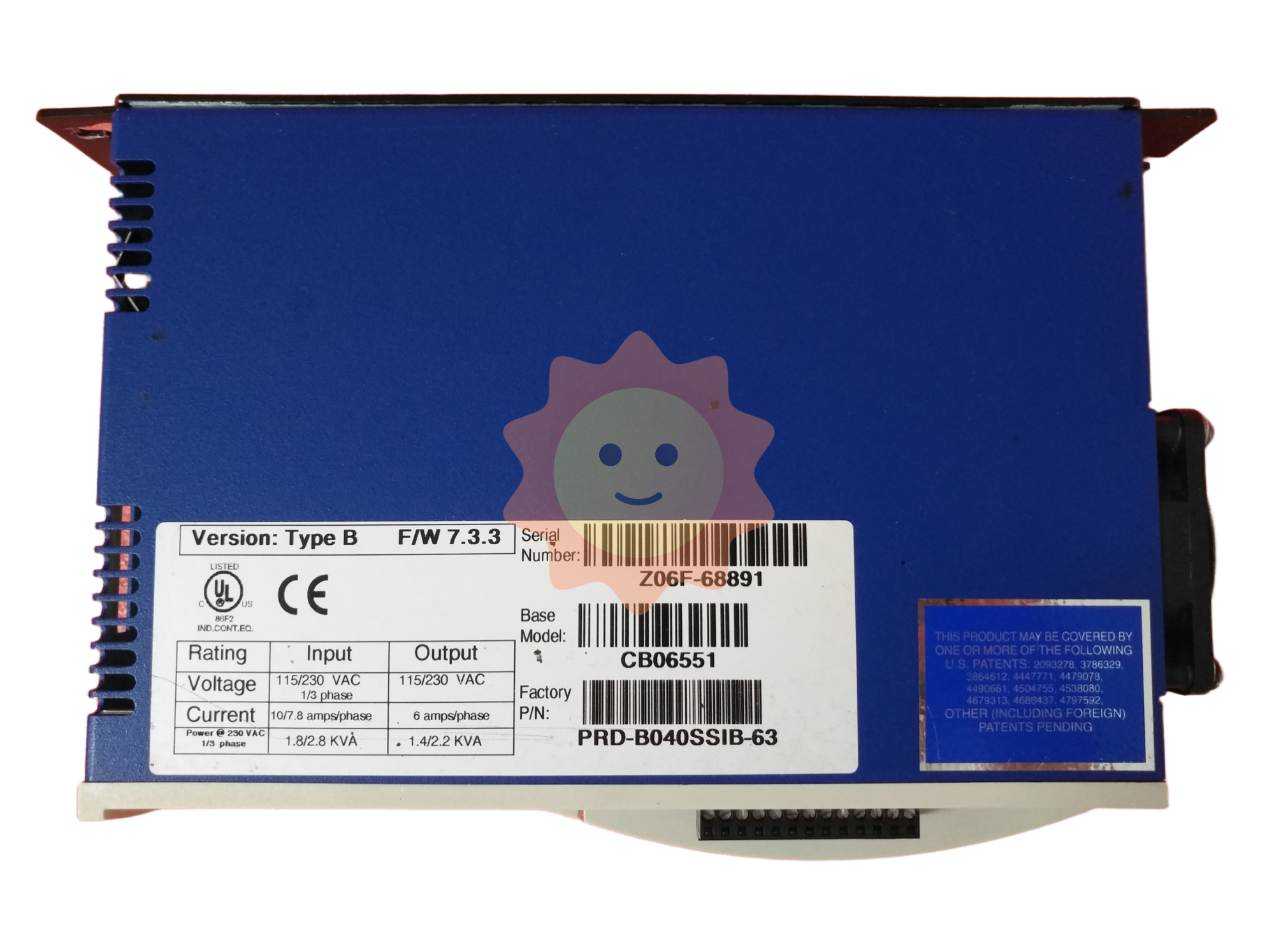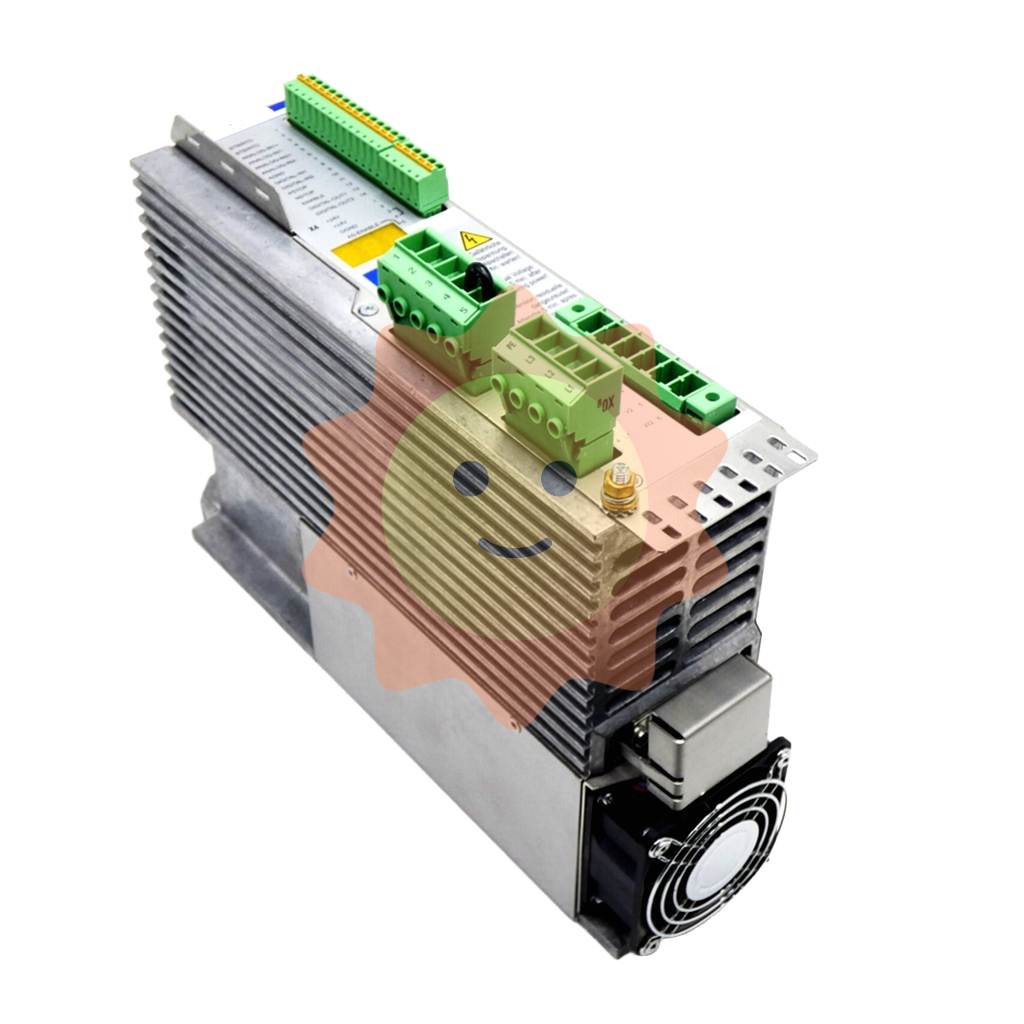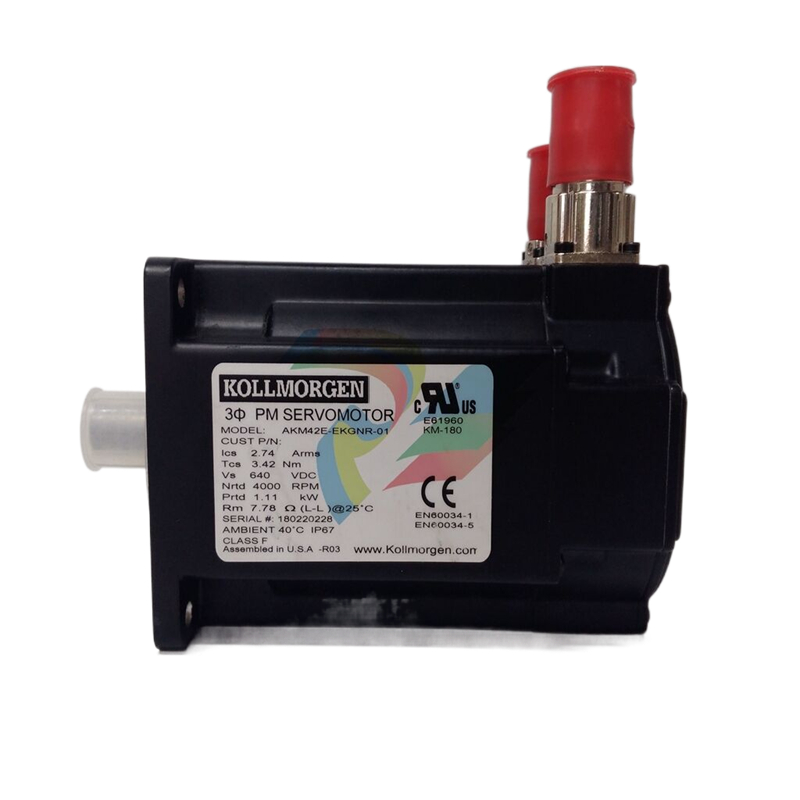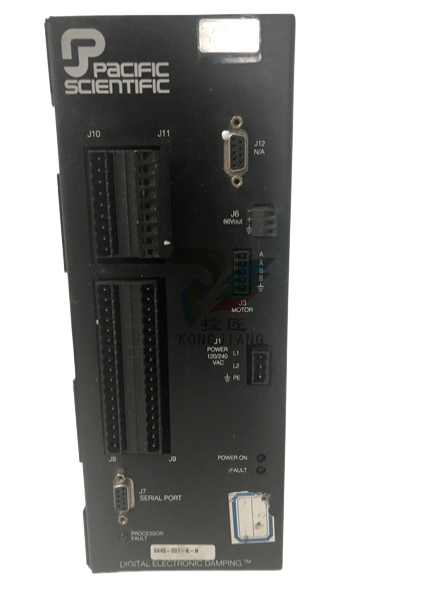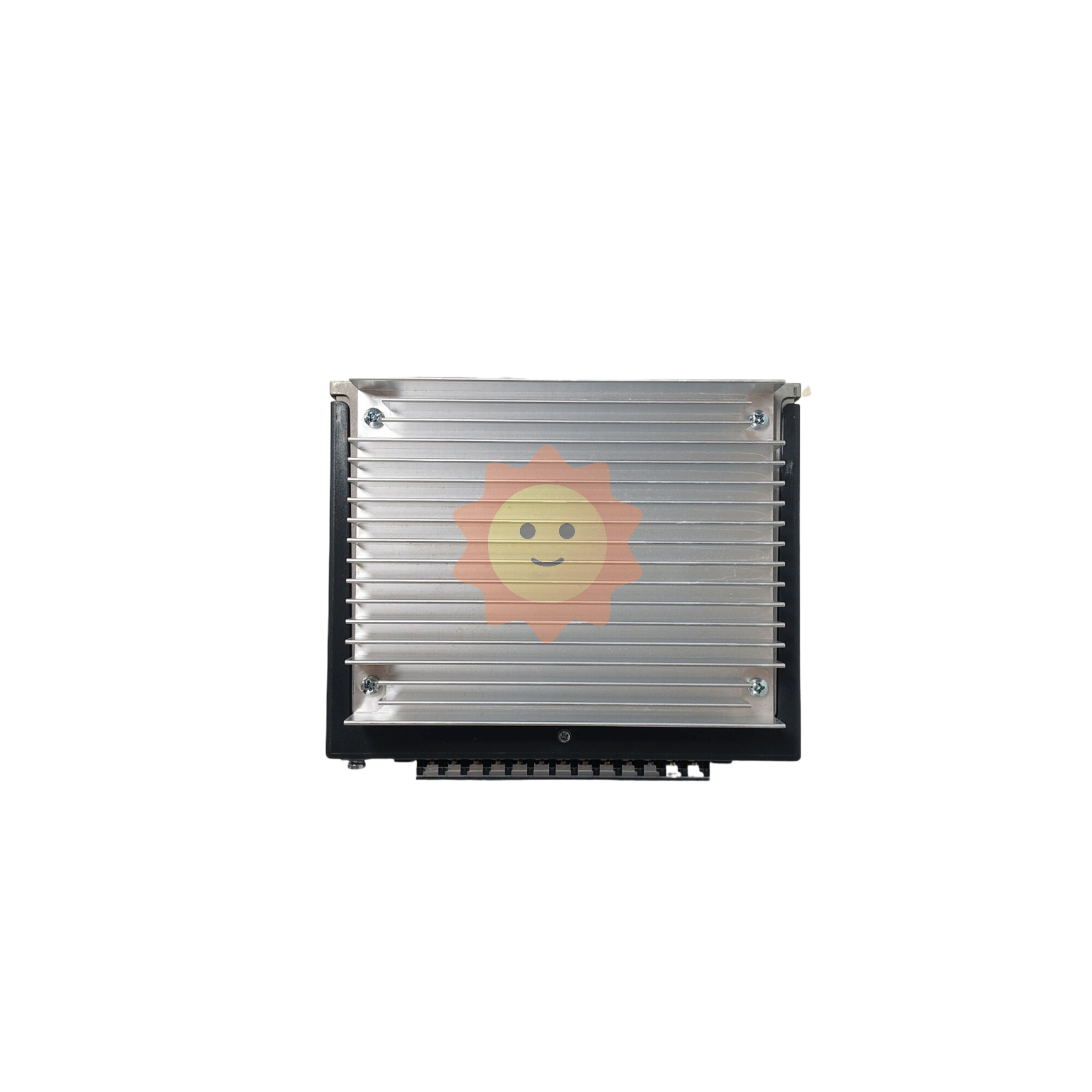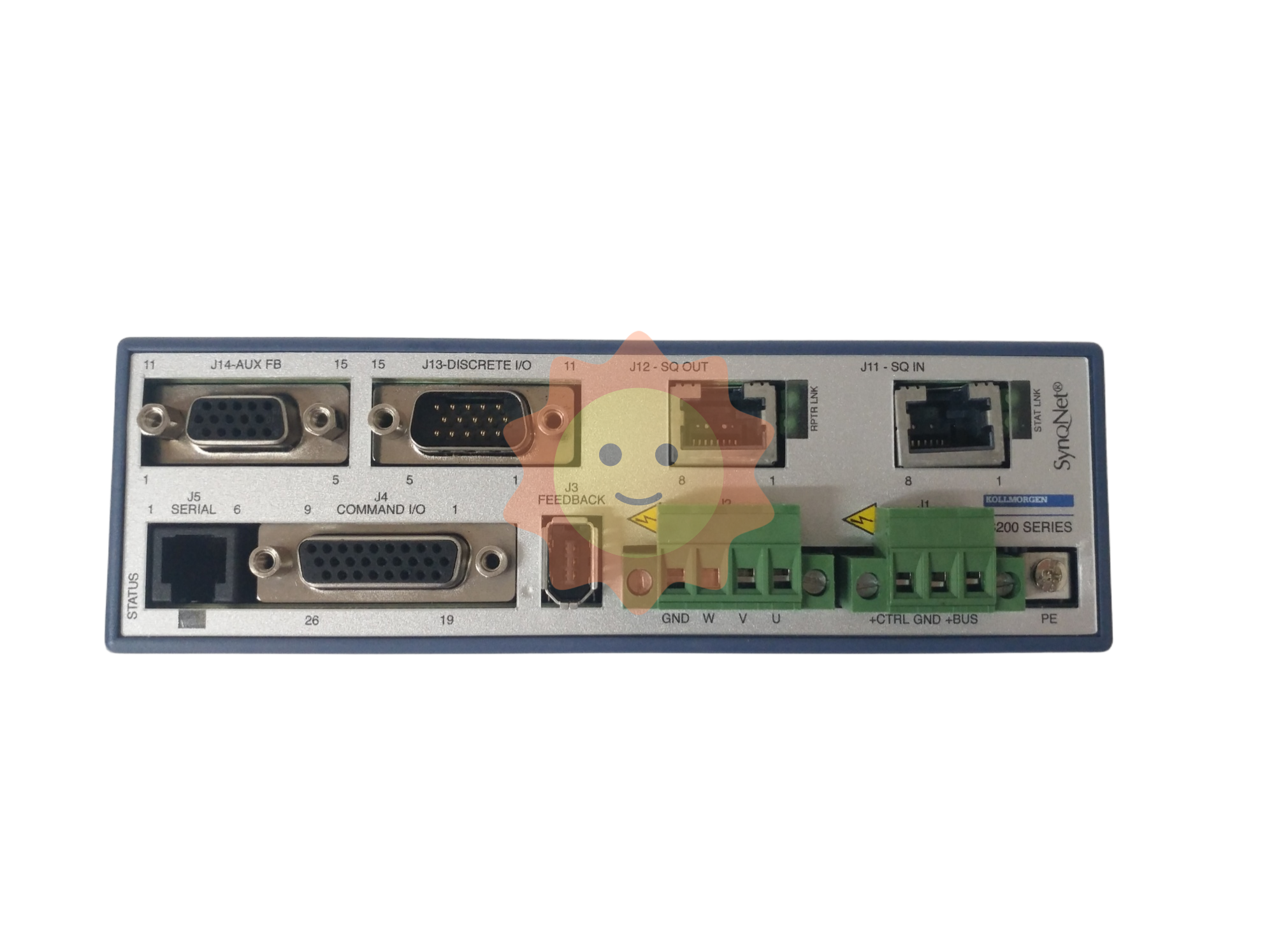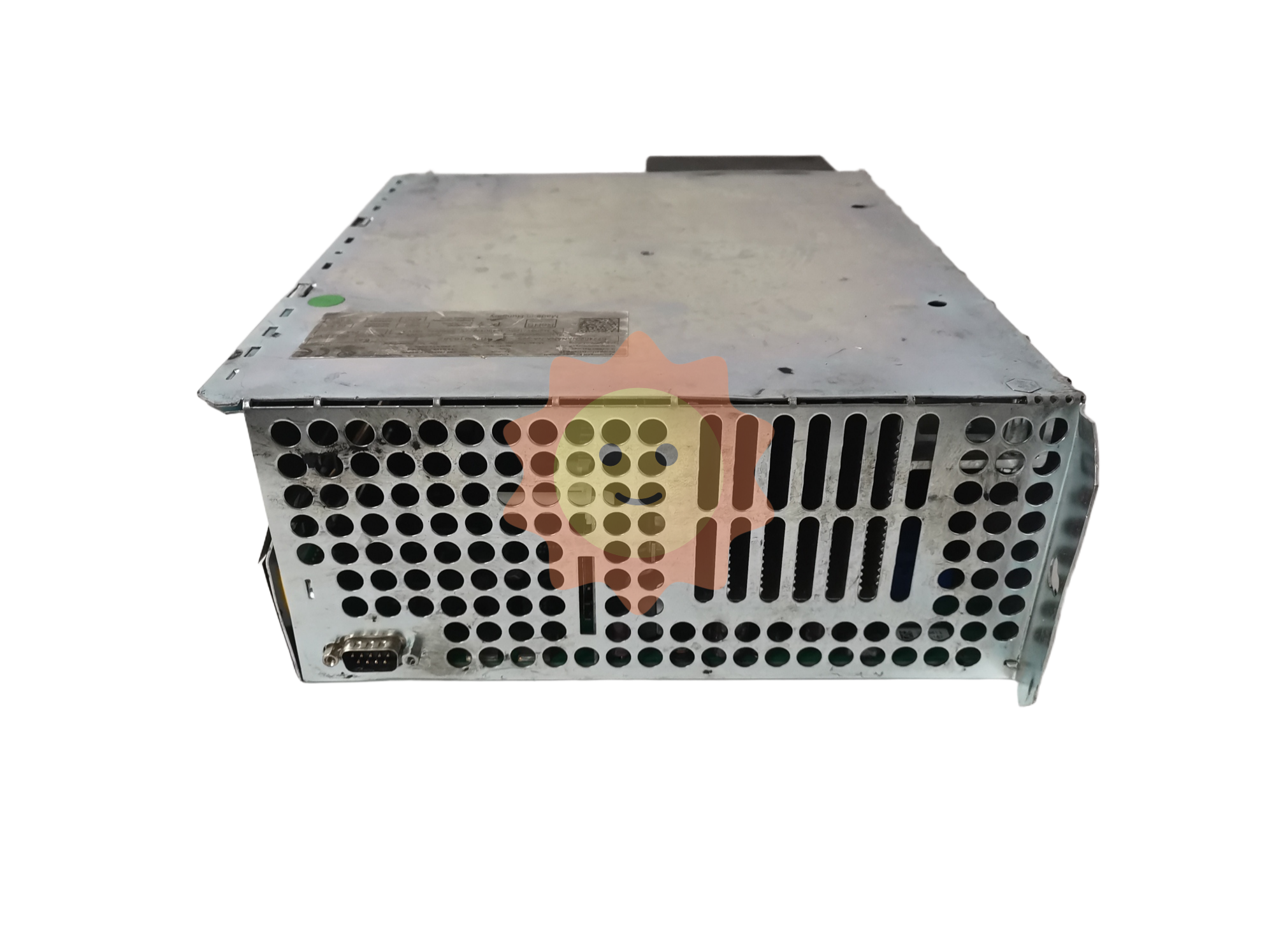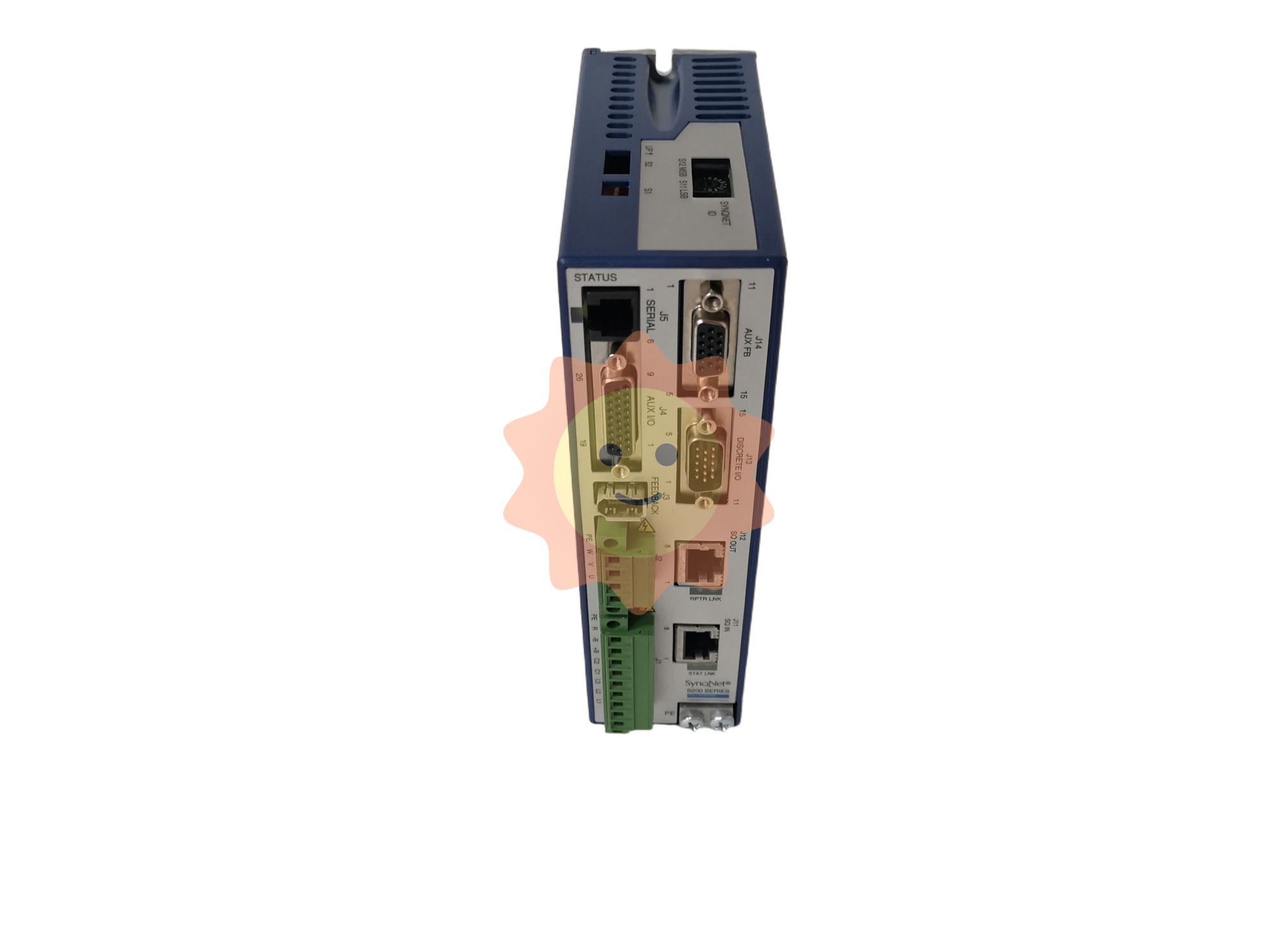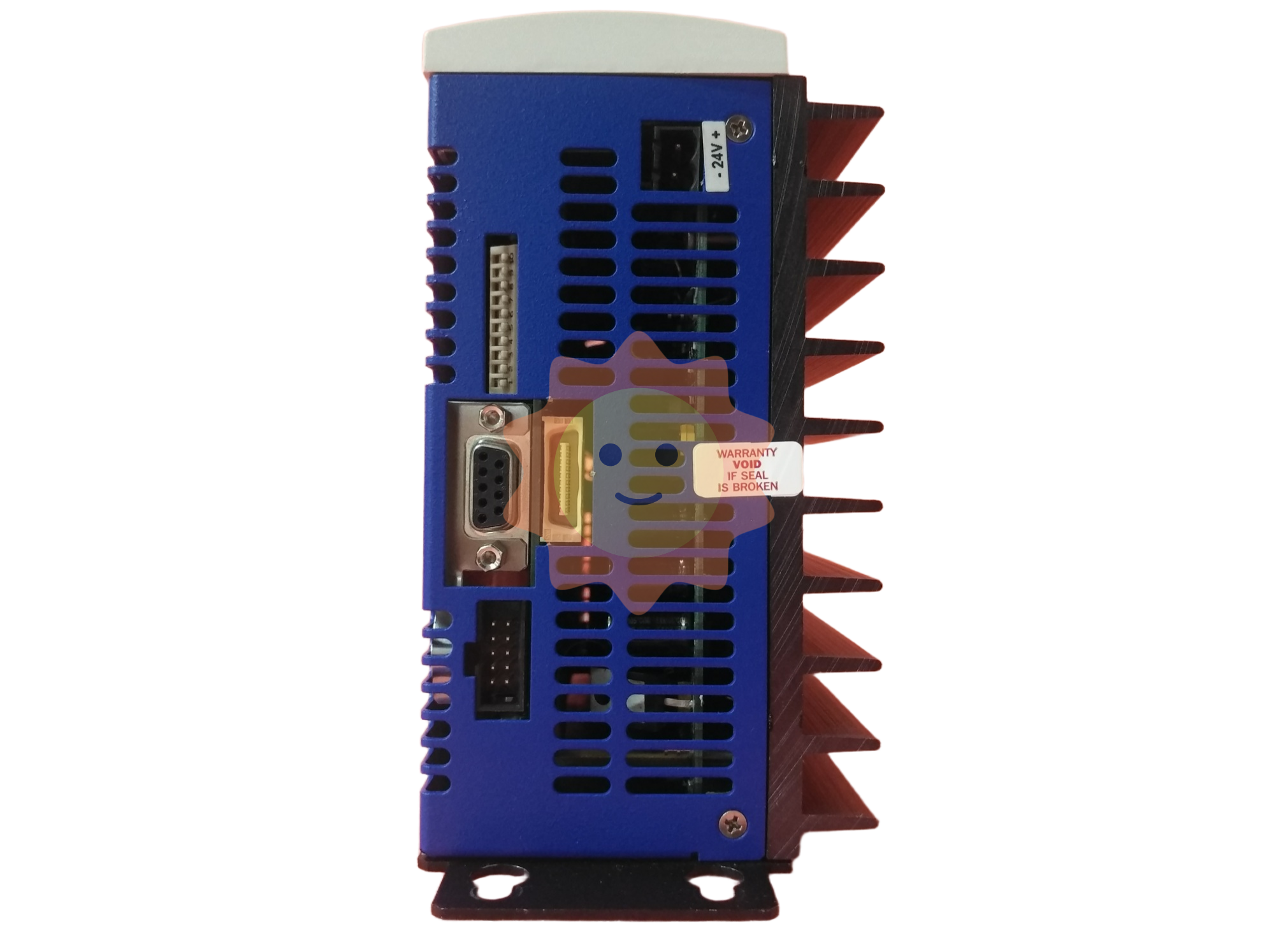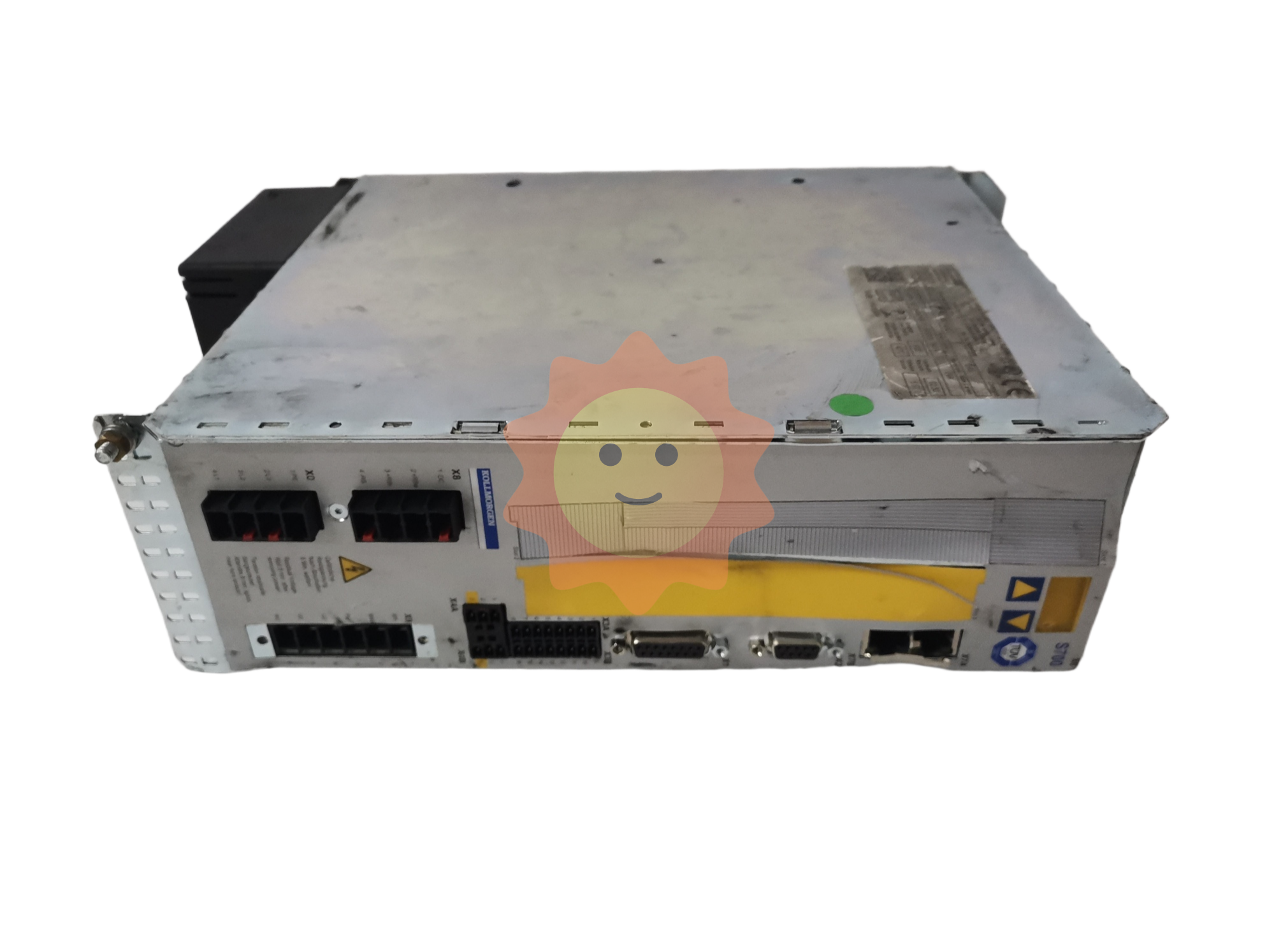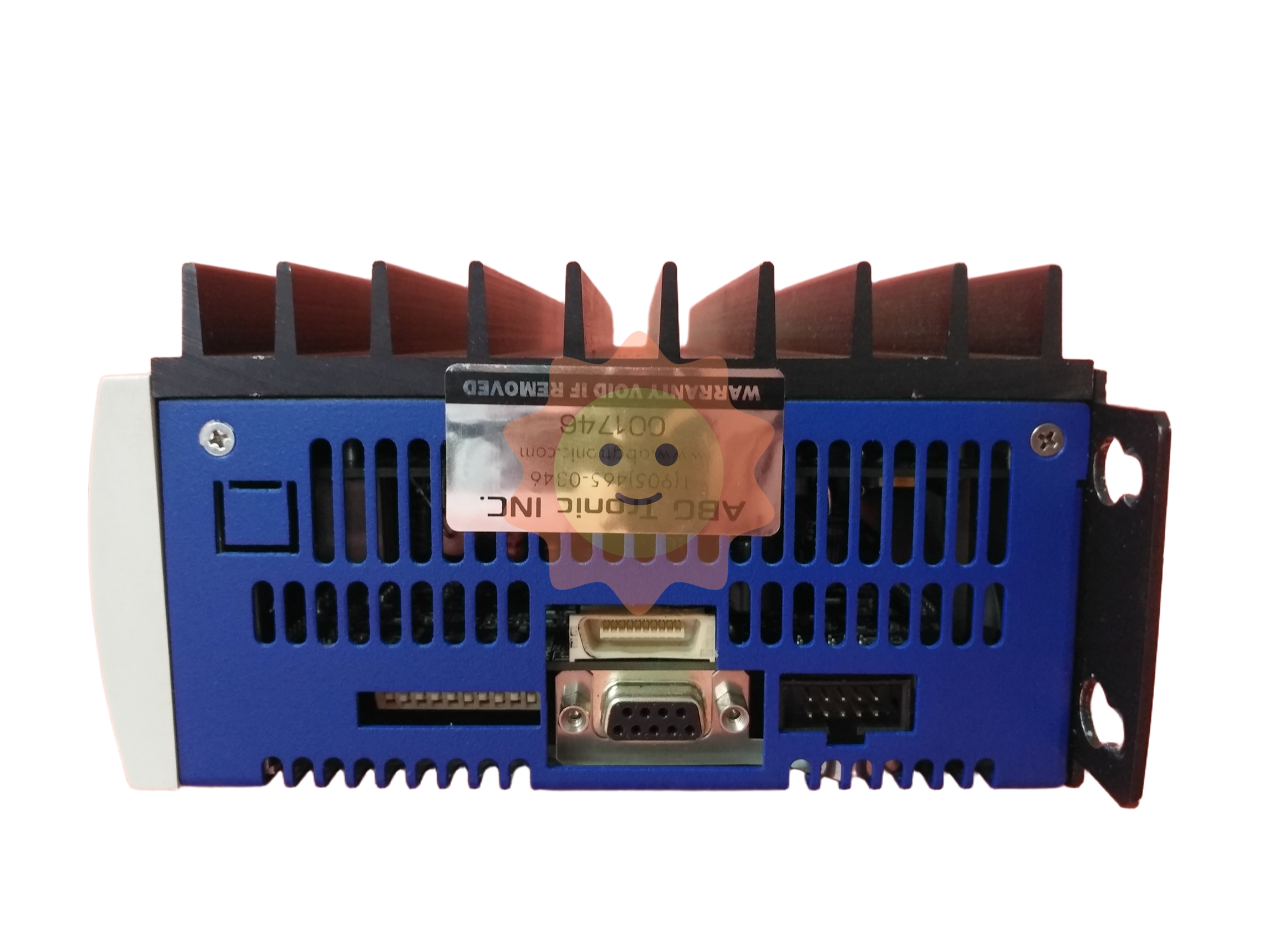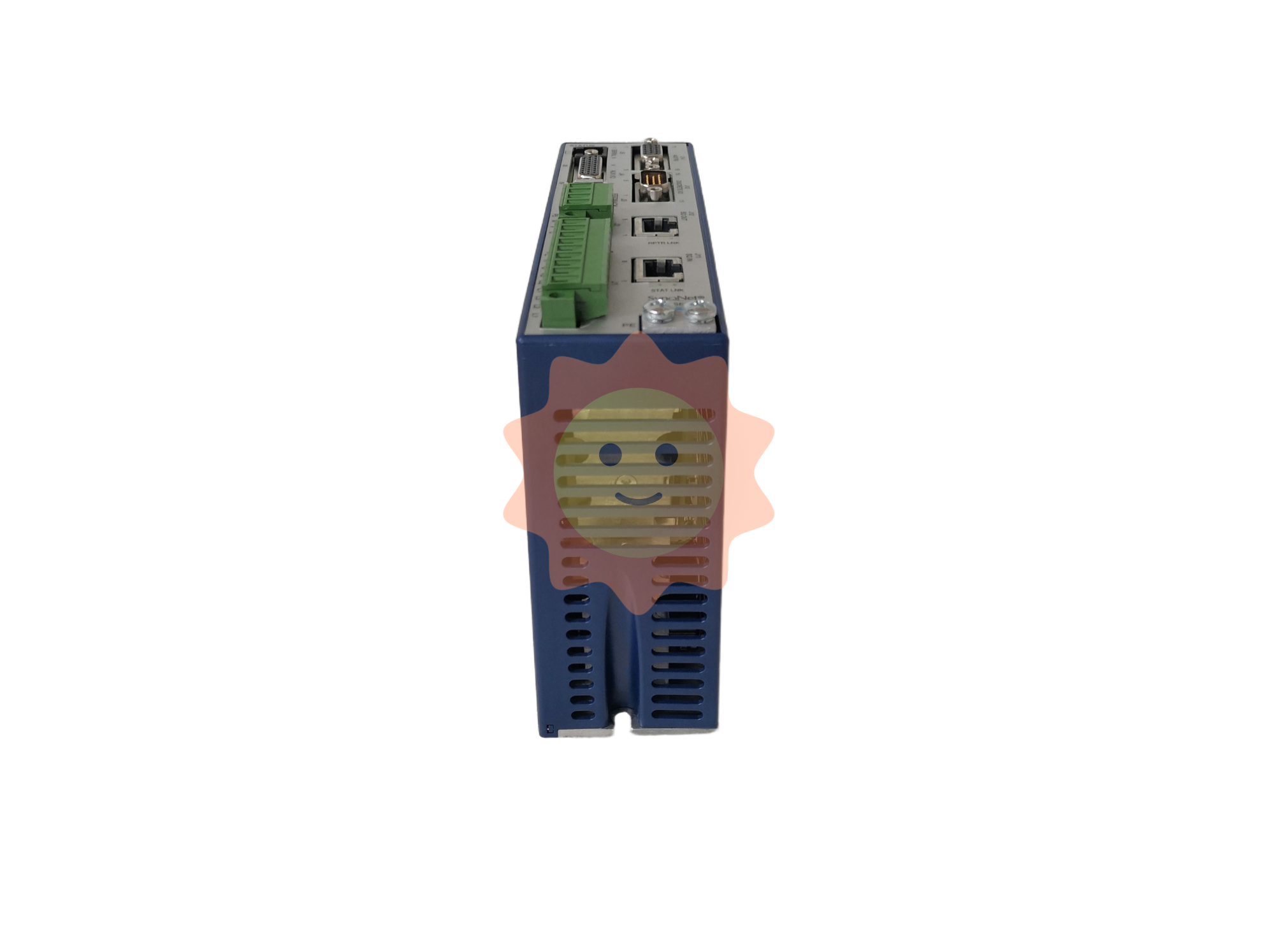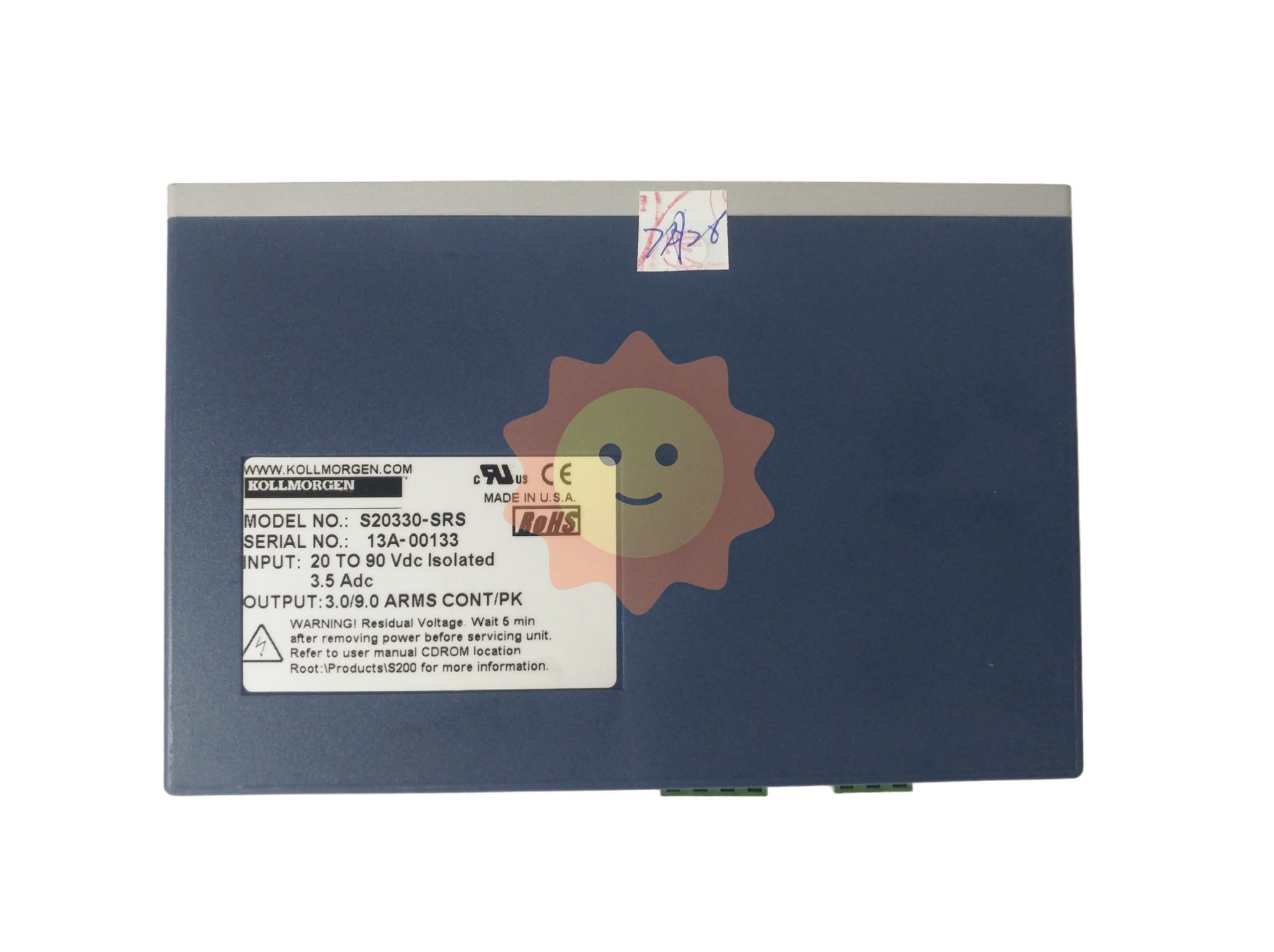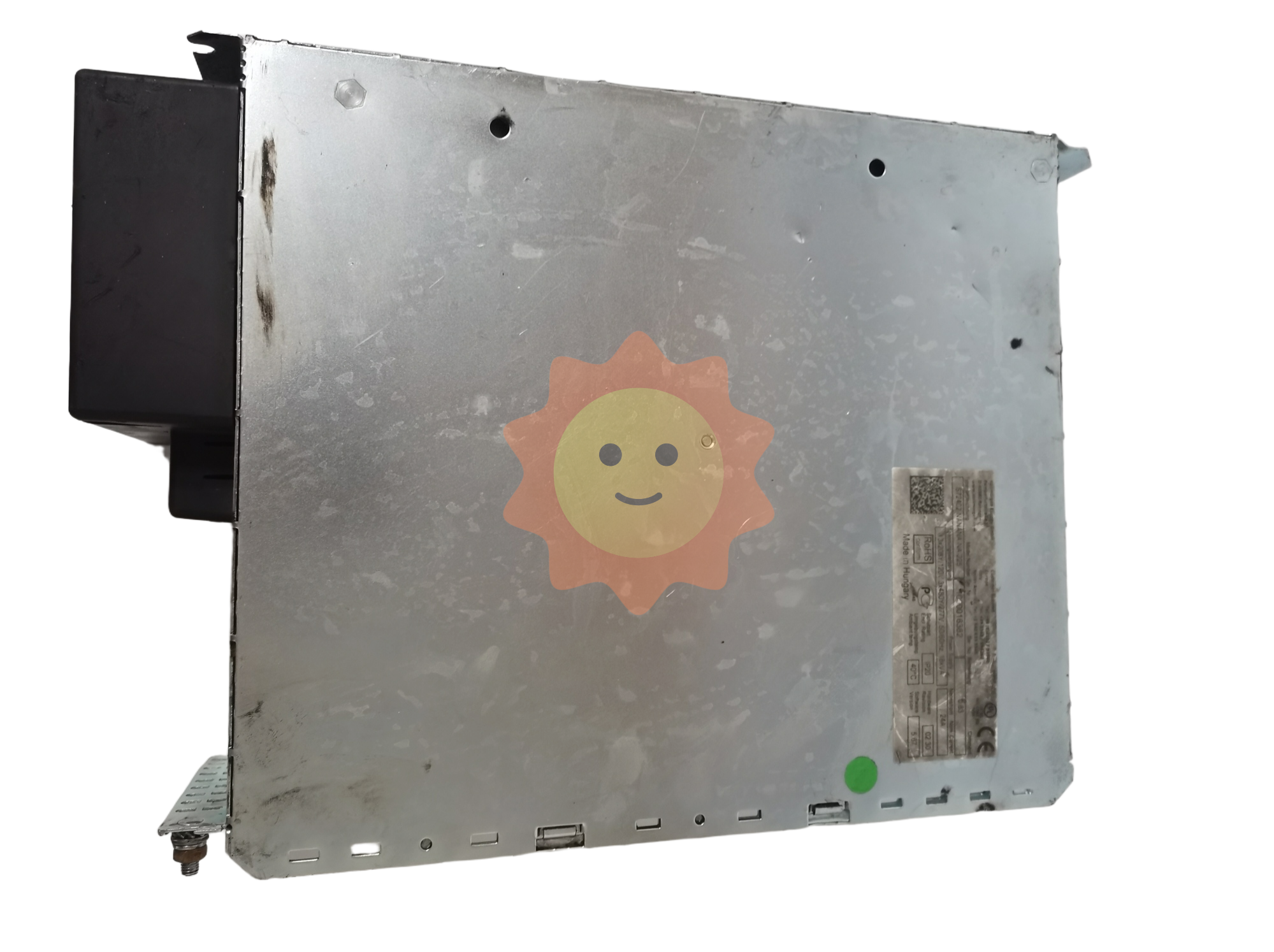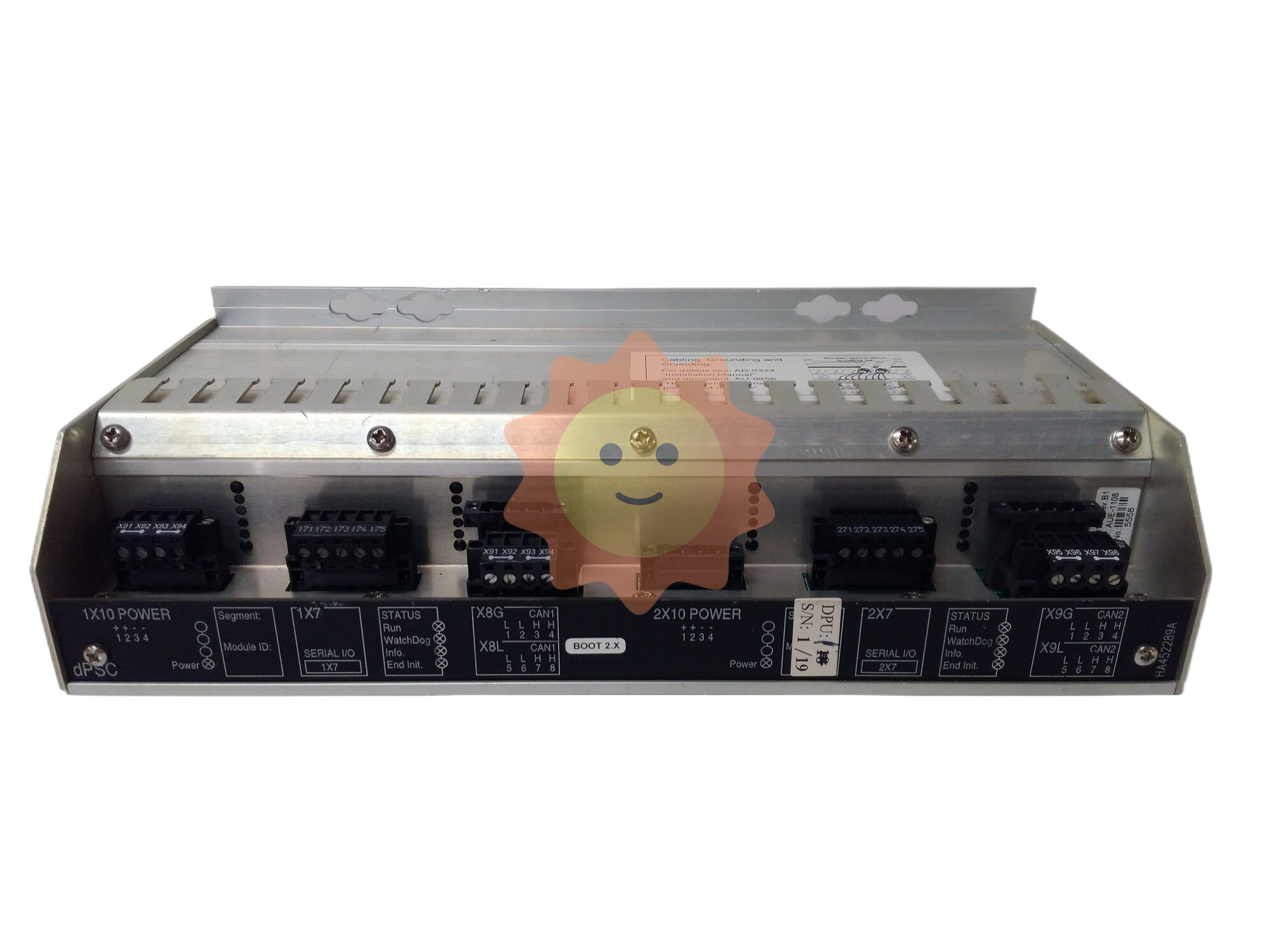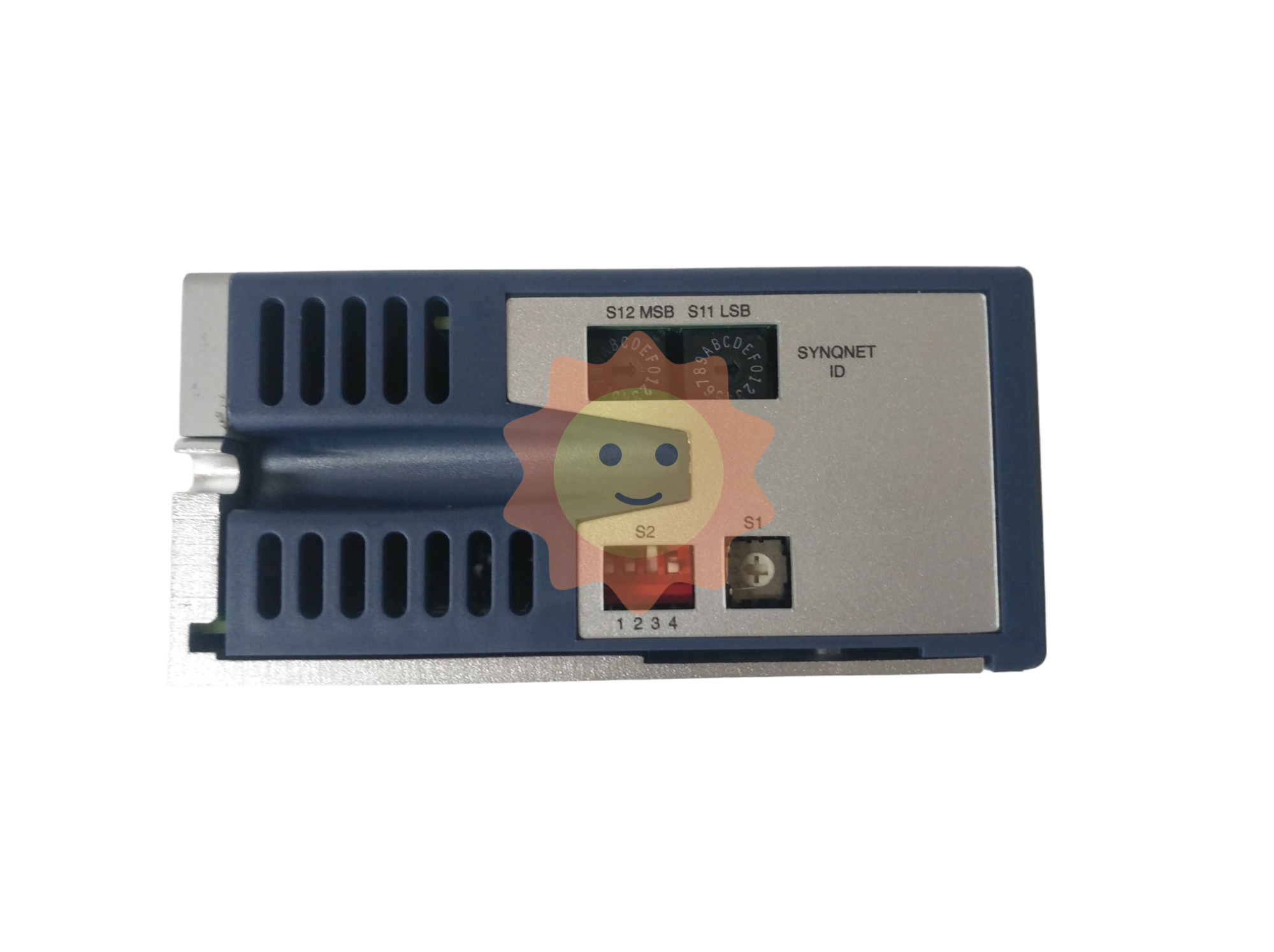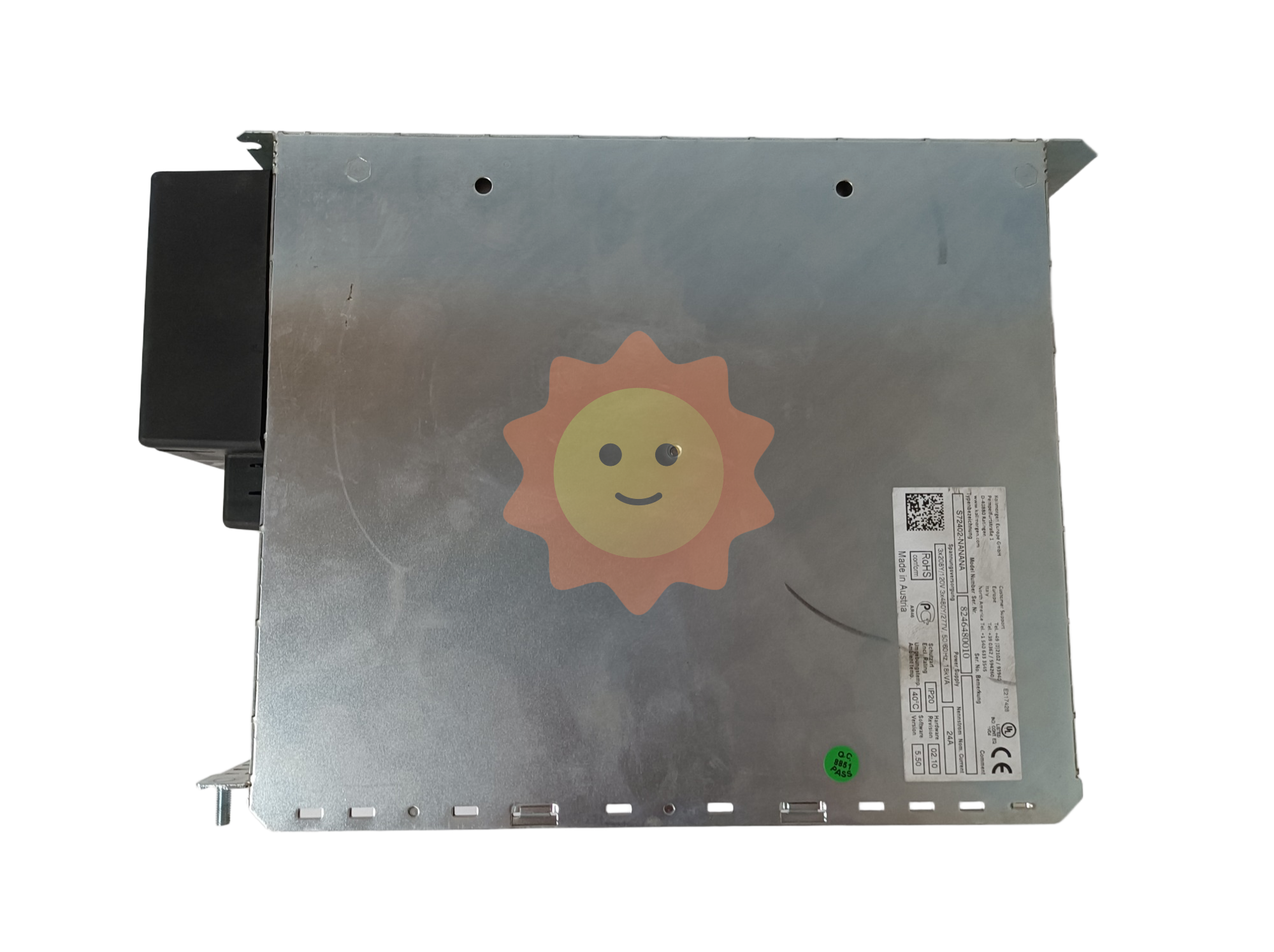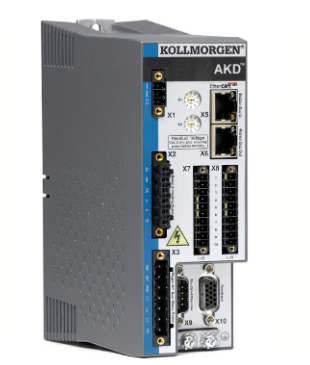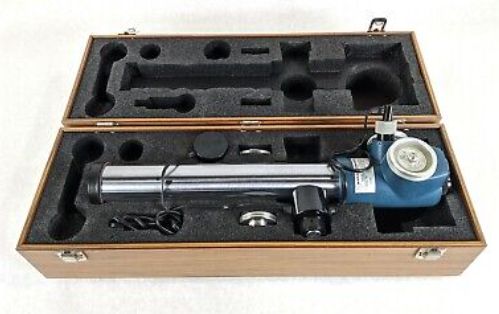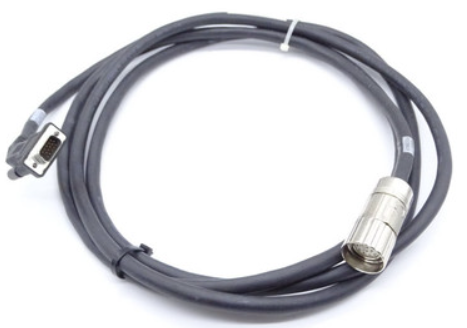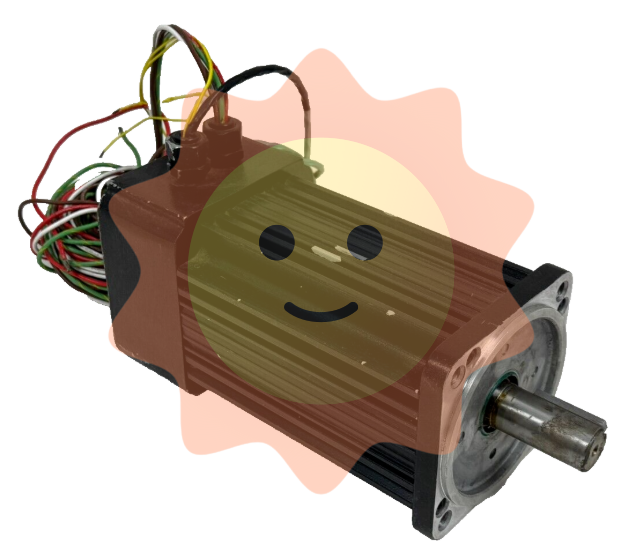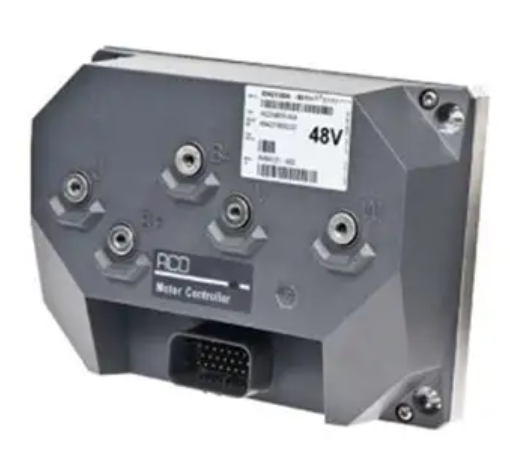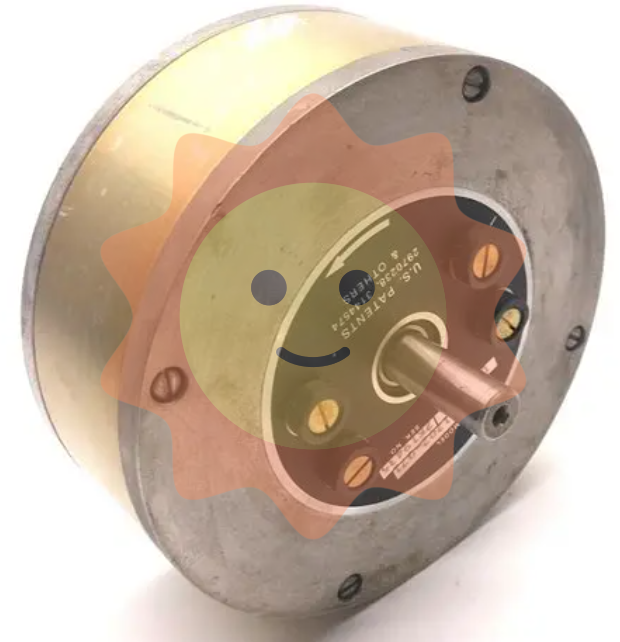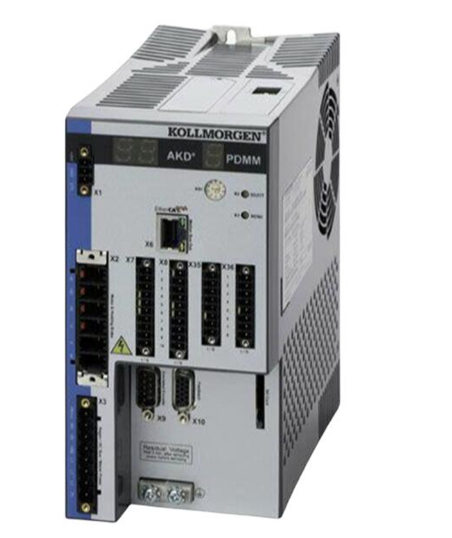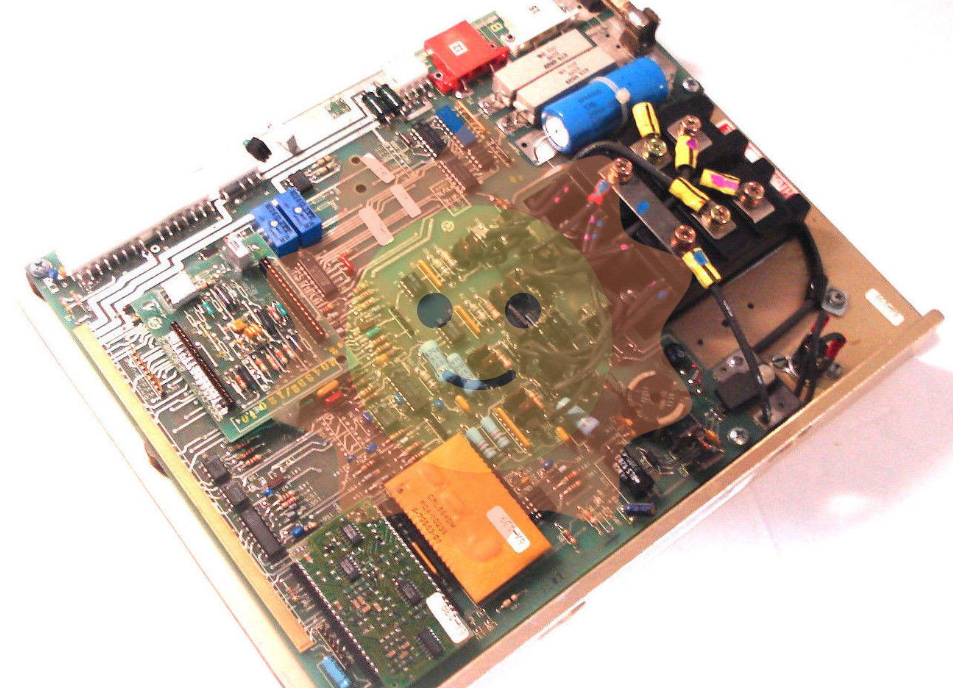Summary of wastewater treatment technology and its advantages and disadvantages
In sewage treatment and utilization methods, precipitation (or floating) method is often used as a pre-treatment before other treatment methods. If the biological treatment method is used to treat sewage, it is generally necessary to remove most of the suspended substances through the pre-sedimentation tank in advance to reduce the load during biochemical treatment, and the effluent after biological treatment must still be treated by the secondary sedimentation tank for sludge water separation to ensure the quality of the effluent.

(3) Flotation method: the air into the sewage, and in the form of a small bubble from the water to become a carrier, the relative density of the sewage is close to the water of the small particles of pollution (such as emulsified oil, etc.) attached to the bubble, and with the bubble rise to the surface, and then with a mechanical method of skimming, so that the pollution in the sewage can be separated from the sewage. Hydrophobic substances float easily, while hydrophilic substances do not float easily. Therefore, sometimes in order to improve the efficiency of air flotation, it is necessary to add flotation agents to the sewage to change the surface characteristics of the pollutants, so that some hydrophilic substances are transformed into hydrophobic substances, and then air flotation is removed, this method is called "flotation".
Air flotation requires high dispersion of bubbles and a large amount, which is conducive to improving the effect of air flotation. The stability of the foam layer should be appropriate, which is convenient for the scum to stabilize on the water surface and does not affect the transportation and dehydration of the scum. There are two ways to create a bubble:
1) Mechanical method: The air is generated by microporous tubes, microporous plates, turntables with holes, etc.
2) Pressure dissolved gas method: the air is dissolved in water at a certain pressure, and reaches a saturated state, and then suddenly decompresses, and the supersaturated air escapes from the water in the form of tiny bubbles. At present, the air flotation technology of wastewater treatment mostly adopts pressure dissolved gas method.
The main advantages of the gas flotation method are: the operation capacity of the equipment is better than that of the sedimentation tank, and the solid-liquid separation can be completed in only 15 to 20 minutes, so it occupies less land and has higher efficiency; The sludge produced by the air float method is dry, not easy to decompose, and the surface is scraped, and the operation is convenient. The whole work is to circulate air into the water, increase the submerged oxygen in the water, and have obvious effects on removing organic matter, algal surfactants and odors in the water, and the effluent quality provides favorable conditions for subsequent treatment and utilization.
The main disadvantages of gas flotation are: large power consumption; The workload of equipment maintenance and management increases, and the operation part is often clogged. The scum is exposed to the surface of the water and is susceptible to climatic factors such as wind and rain.
In addition to the above two air flotation methods, the more commonly used methods are electrolysis gas flotation
(4) Centrifugal separation method: When sewage containing suspended pollutants is rotated at high speed, the centrifugal force of suspended particles (such as emulsified oil) and sewage is different, so as to achieve the purpose of separation. Commonly used centrifugal equipment are cyclone separator and centrifugal separator.
2. Chemical treatment
Chemical reagents are added to sewage, and chemical reactions are used to separate, recover, or convert polluted substances into harmless substances in sewage. This method can not only separate pollutants from water, recover some useful substances, but also change the nature of pollutants, such as reducing the pH of wastewater, removing metal ions, oxidizing some toxic and harmful substances, so it can achieve a higher degree of purification than the physical method. The commonly used chemical methods are chemical precipitation, neutralization, REDOX and coagulation.
The limitations of chemical treatment are as follows:
Because chemical treatment wastewater often uses chemical agents (or materials), the treatment cost is generally higher, and the operation and management requirements are also stricter.
Chemical methods also need to be used in conjunction with physical methods. Before chemical treatment, precipitation and filtration are often used as pre-treatment; In some cases, it is necessary to use physical means such as precipitation and filtration as a post-treatment of chemical treatment.

(1) chemical precipitation method
Chemical precipitation method is to add some chemical agents to the waste water, so that it can react with dissolved pollutants in the waste water, and form salts (sediments) that are difficult to be found in water to precipitate out of the water, thereby reducing or removing pollutants in the water. Chemical precipitation method is mostly used in water treatment to remove calcium ions, mirror ions and heavy metal ions in wastewater, such as lili, pot, lead, pot and so on. According to the different precipitating agents used, the precipitation method can be divided into lime method (also known as hydroxide precipitation method), sulfide method and silver salt method.
- EMERSON
- Honeywell
- CTI
- Rolls-Royce
- General Electric
- Woodward
- Yaskawa
- xYCOM
- Motorola
- Siemens
- Rockwell
- ABB
- B&R
- HIMA
- Construction site
- electricity
- Automobile market
- PLC
- DCS
- Motor drivers
- VSD
- Implications
- cement
- CO2
- CEM
- methane
- Artificial intelligence
- Titanic
- Solar energy
- Hydrogen fuel cell
- Hydrogen and fuel cells
- Hydrogen and oxygen fuel cells
- tyre
- Chemical fiber
- dynamo
- corpuscle
- Pulp and paper
- printing
- fossil
- FANUC
- Food and beverage
- Life science
- Sewage treatment
- Personal care
- electricity
- boats
- infrastructure
- Automobile industry
- metallurgy
- Nuclear power generation
- Geothermal power generation
- Water and wastewater
- Infrastructure construction
- Mine hazard
- steel
- papermaking
- Natural gas industry
- Infrastructure construction
- Power and energy
- Rubber and plastic
- Renewable energy
- pharmacy
- mining
- Plastic industry
- Schneider
- Kongsberg
- NI
- Wind energy
- International petroleum
- International new energy network
- gas
- WATLOW
- ProSoft
- SEW
- wind
- ADVANCED
- Reliance
- YOKOGAWA
- TRICONEX
- FOXBORO
- METSO
- MAN
- Advantest
- ADVANCED
- ALSTOM
- Control Wave
- AB
- AMAT
- STUDER
- KONGSBERG
- MOTOROLA
- DANAHER MOTION
- Bently
- Galil
- EATON
- MOLEX
- Triconex
- DEIF
- B&W
- ZYGO
- Aerotech
- DANFOSS
- KOLLMORGEN
- Beijer
- Endress+Hauser
- MOOG
- KB


Email:wang@kongjiangauto.com


